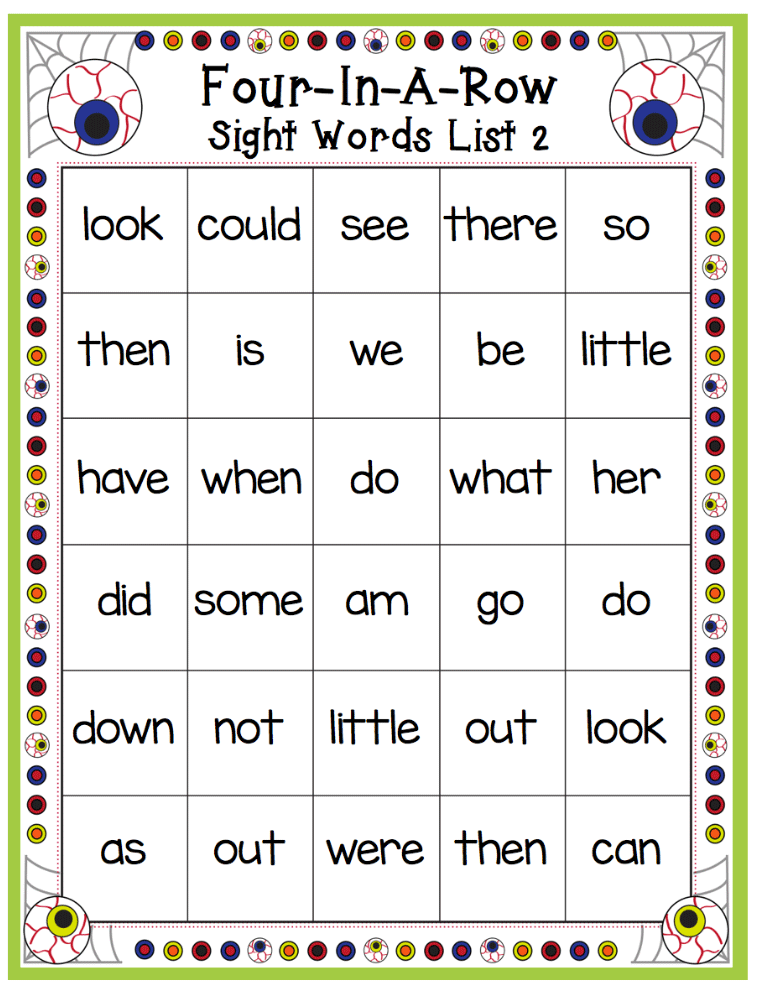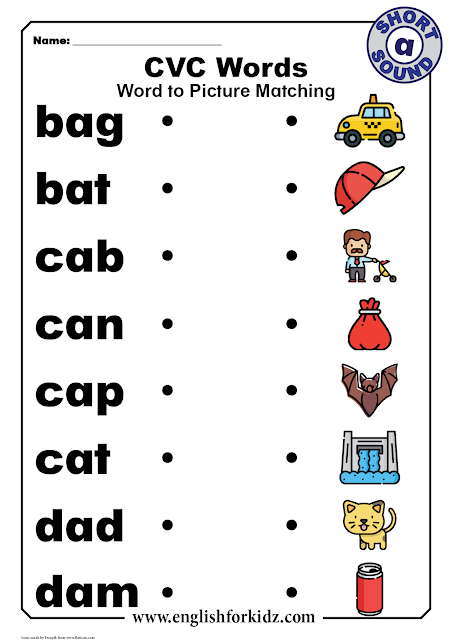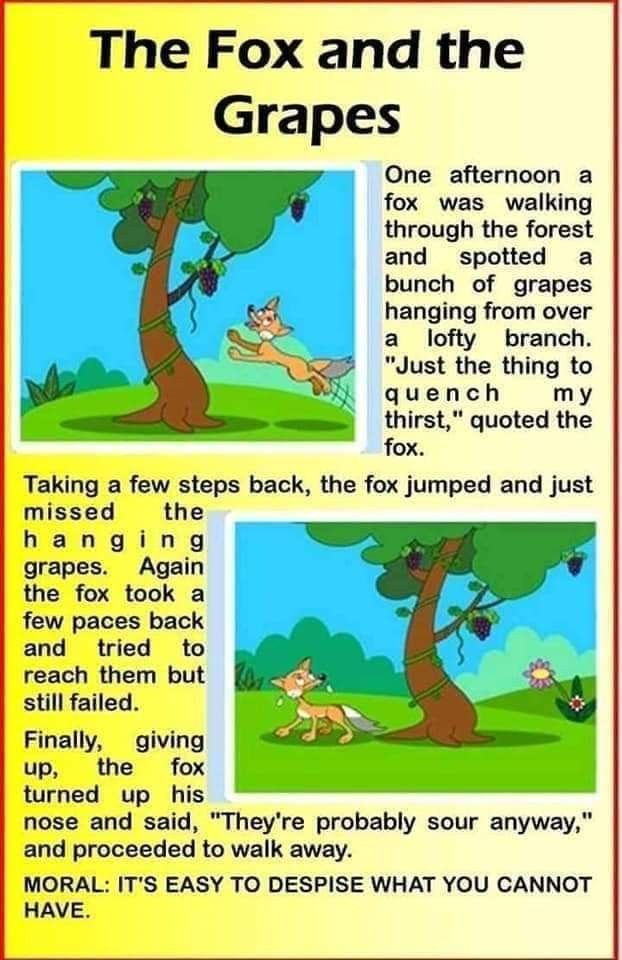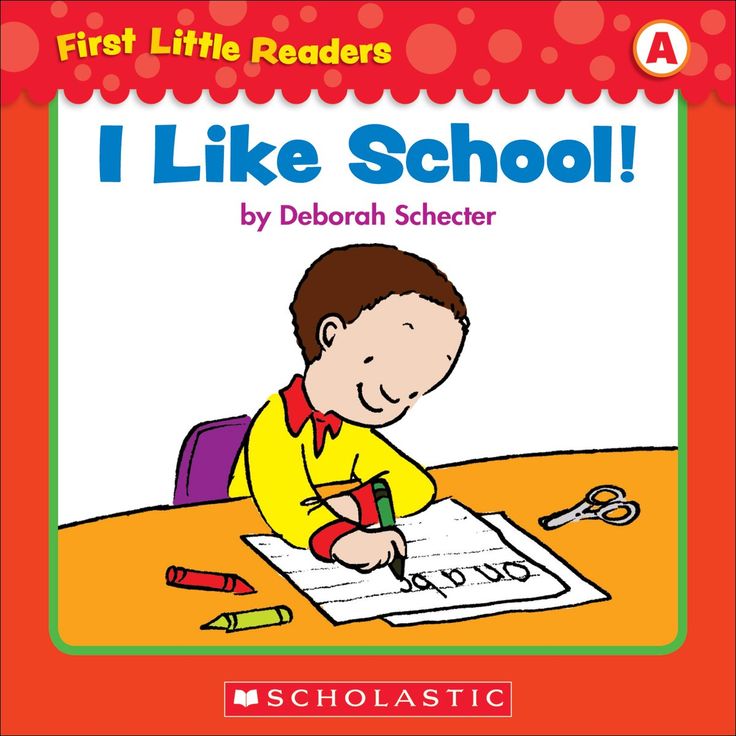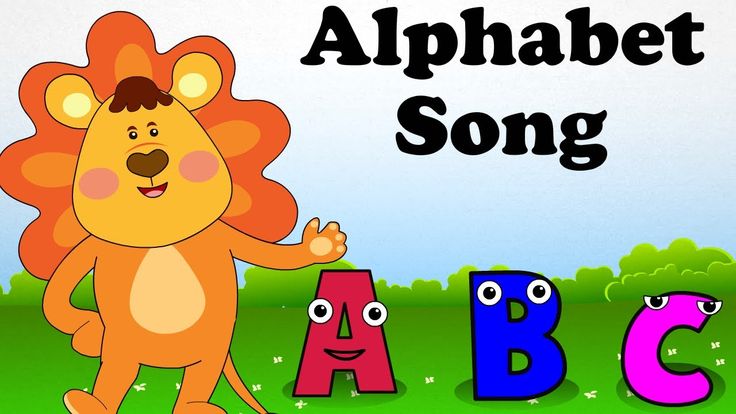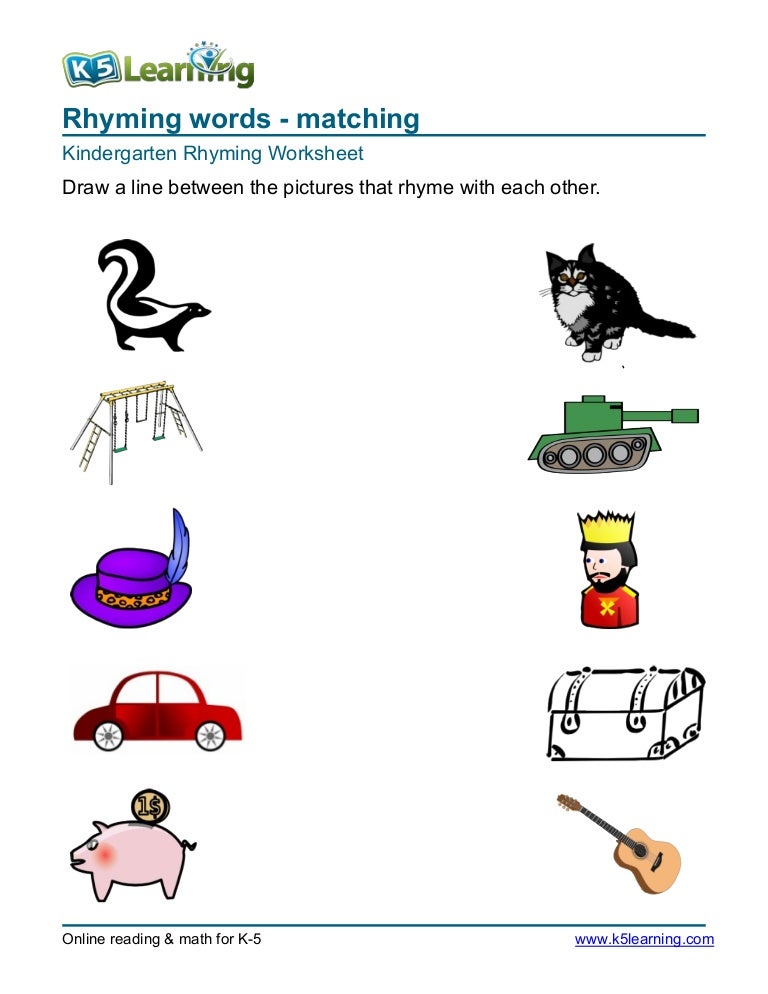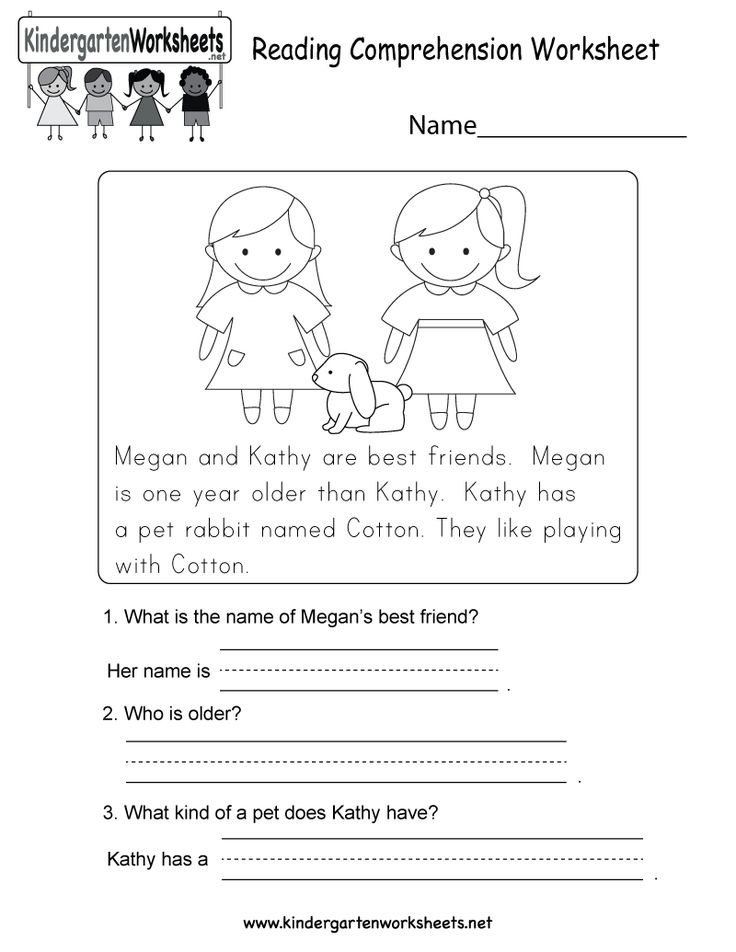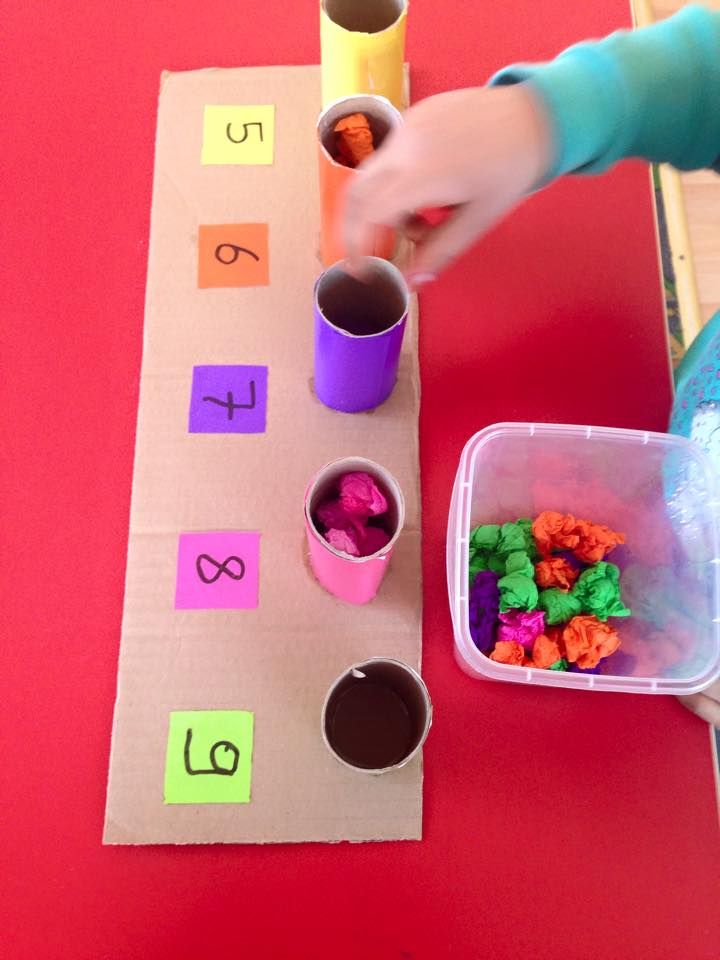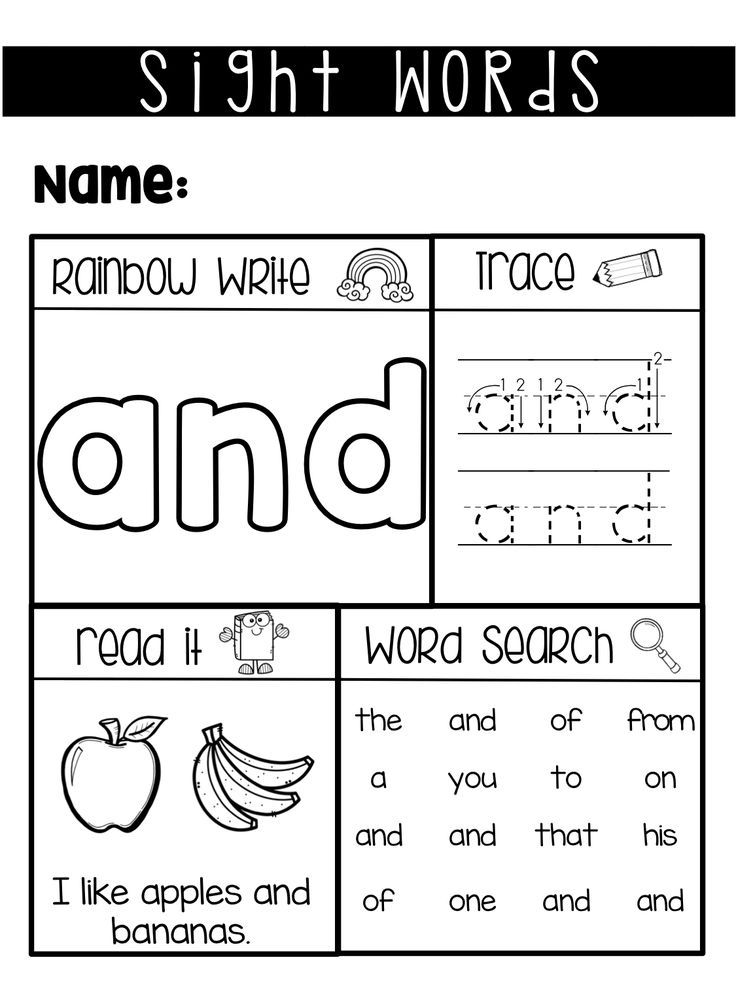Sight word games to play at home
20 Sight Word Games, Activities, and Reading Ideas
If your child is learning to read, then you know that sight words are high-frequency words common in most text, words like the, and, they, or she. Knowing these words at a glance makes reading easier. Here you’ll find sight word games, apps, multi-sensory activities, and reading ideas. I recommend trying multiple approaches to engage your child’s different modalities of learning these words.
Also, it’s important to note that schools generally use either the Dolch or the Fry Sight Word lists. The lists are slightly different so make sure you know which one to use.
GAMESGames bring an element of fun and playfulness to learning. Since many of these games ask for sight word playing cards, make your own using index cards or download free printable cards here for the Dolch list and here for the Fry list.
Memory
Make your own card deck with two of each sight word. Shuffle. Place the cards face down in rows. When it’s your turn, turn over two cards and try to get a matching pair. If you don’t have a match, turn the cards back over. The winner is the player with the most pairs. (See example on Frogs, Snails and Puppy Dog Tails.)
Bingo
Download premade bingo cards grouped by levels of sight words here. Or, make your own bingo cards with the specific group of words your child is learning.
Scavenger Hunt
Make a list of sight words and a corresponding sticky note for each word on the list. Have your child find the sticky note somewhere in your house and match the word with the corresponding word on the master list.
Go Fish
We played this game a lot when my youngest learned her words. Make a set of sight word pairs (or make four like the original game) for each word. You’ll probably want at least 30 cards. Deal out five cards to each player. Play using the Go Fish rules — either looking for two or four cards to make a set.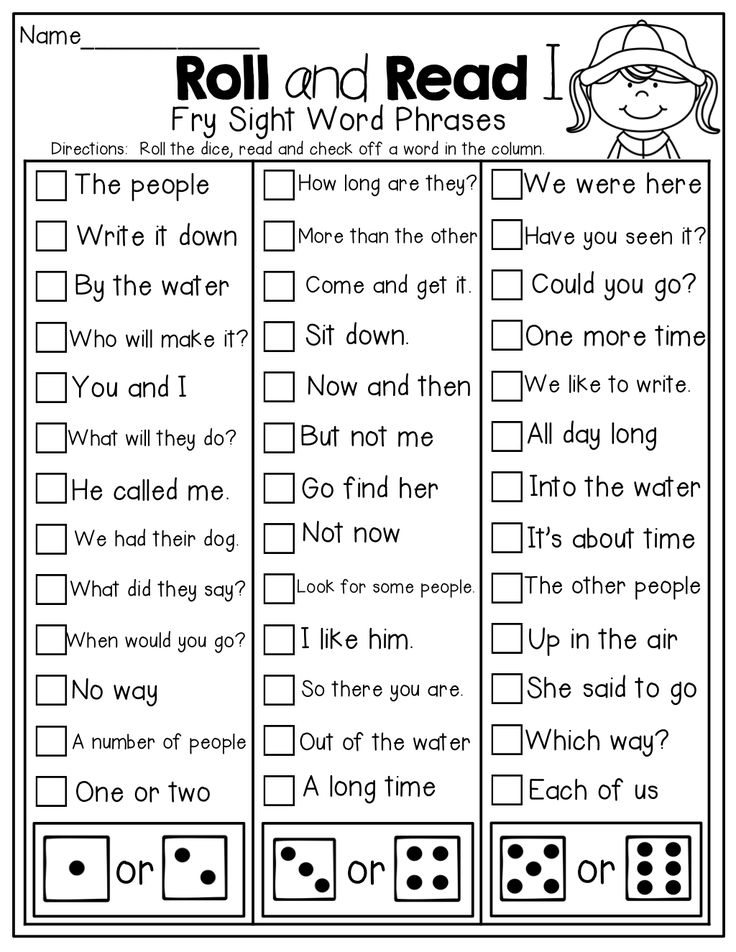
Ukloo
We love this store-bought treasure hunt because it helps kids practice reading sight words. The game clues come in three levels, each has clues written primarily with sight words. We made it inexpensive by finding the silliest “treasures” we could find such as a gum wrapper or paper clip.
Zingo!
Kids won’t even care they’re practicing sight words because this Bingo game makes practice such a blast.
Technology often motivates kids to learn, which is why sight word apps can be a helpful tool. Try these learning apps and see which one your child enjoys most.
Bob Books Reading Magic Sight Words
Read the highlighted word in a sentence and practice writing by dragging the letters to the spaces at the bottom.
Gappy Learns Reading
Fill in the missing letter or letters to make bridges for the rabbit to cross and get home. Includes both three letter words and sight words.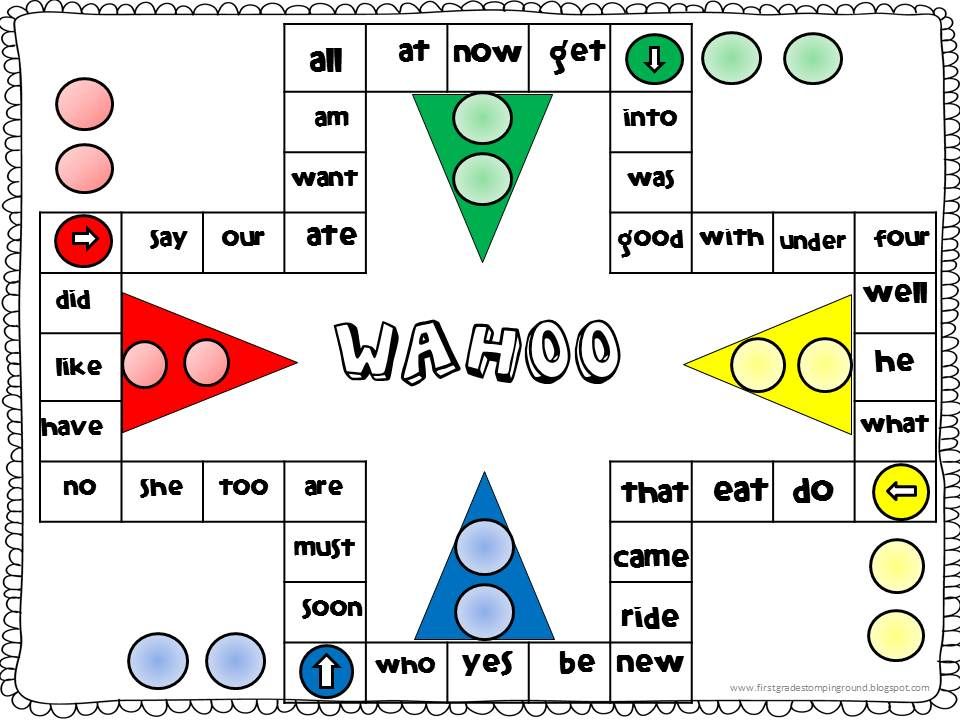
The Sight Word Adventure
Play 10 fun games such as whack-a-mole, letter scramble, and hide-and-seek to practice 320 sight words at five levels.
Sight Word Games
With a section for learning and one for playing games, this new app from This Reading Mama gives kids more ways to practice their words, including Hangman and Bingo.
Sight Word Bingo
My kids loved the cute monsters in this entertaining Bingo game that uses the Dolch words.
We have many senses other than our visual and auditory senses that can be engaged for optimum learning. These activities add in movement and touch.
Chants
With these chants, your child will work to learn the words while moving and acting like an animal.
Play Dough Mats
Using play dough and a sight word mat, make the letters of each sight word. Then write the words below.
Magnet Letters
Make your sight words on a magnetic surface using magnetic letters.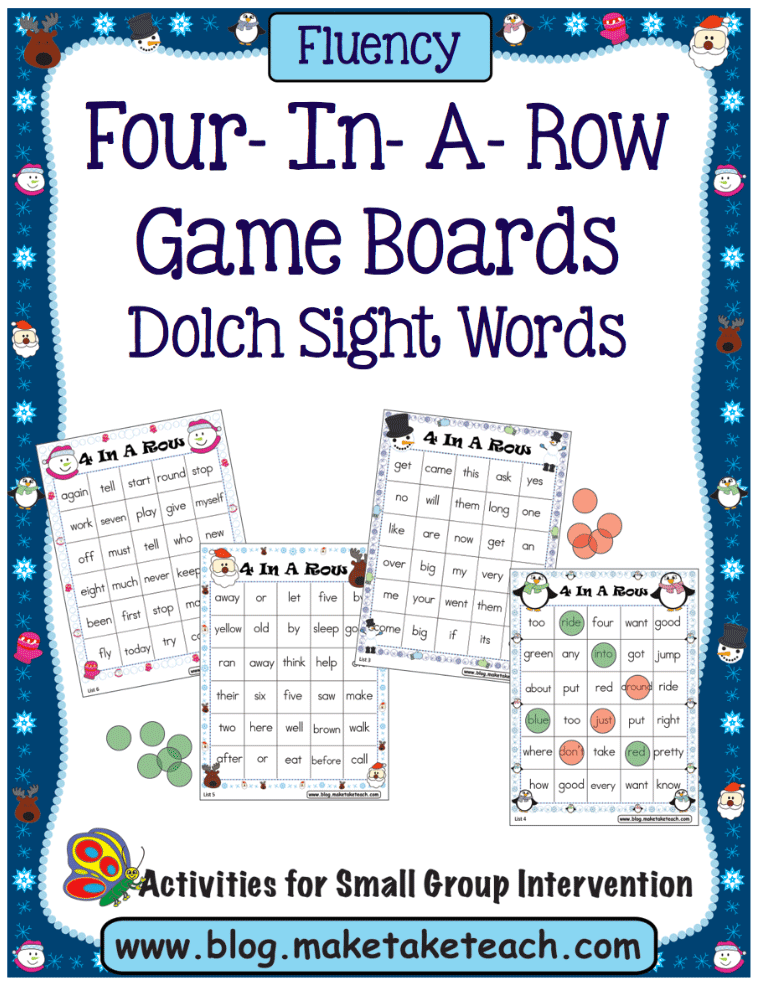
Wikki Stix or Pipe Cleaners
Build your sight words using Wikki Stix or pipe cleaners.
Beads
Practice your words by threading letter beads onto pipe cleaners to make each one.
Flash Cards
You’ll want a list of the words your child needs to learn so that you can make your own flash cards or buy them. Then tackle a few each day. When your child has learned a word, post it on a wall to celebrate. Soon you’ll have a wall filled with words they can read!
Bob Books
Bob Books are short leveled books that help children learn a few words at a time, practice those words in the books, and then move on to reading more. We found them to be a very helpful resource.
Sentence Cards
These are printable cards with a sight word and the sight word used in a short sentence. They don’t just increase a child’s sight word bank, they also improve reading skills too.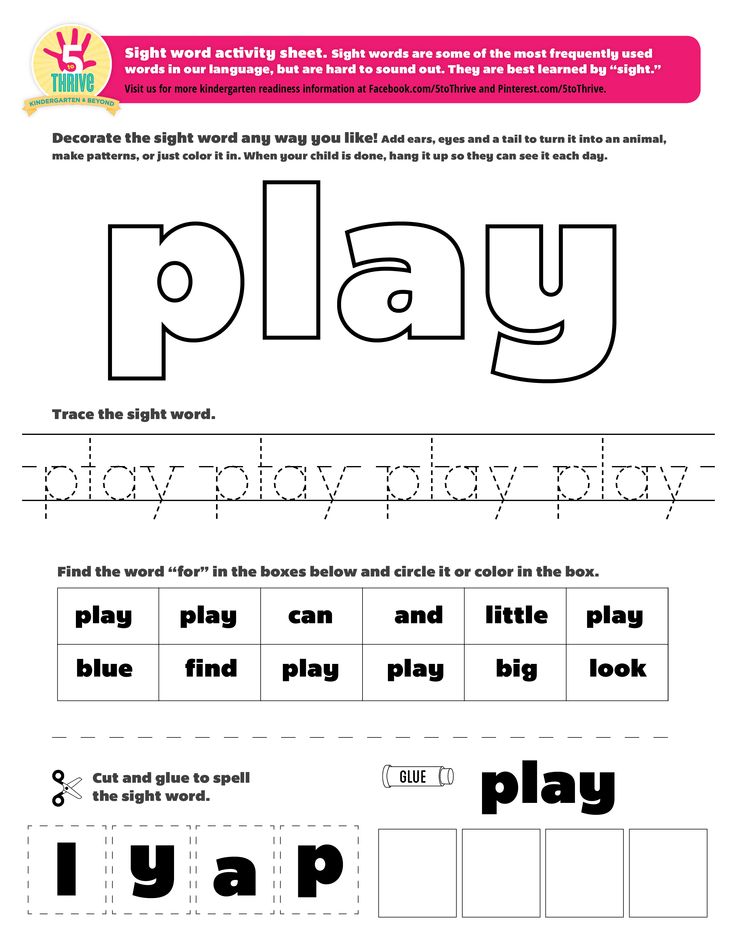
Printable Leveled Booklets
These are short, printable books that you can download for free or for a small price that are text controlled. In other words, you can choose the appropriate reading level with what specific sight words your child needs to learn.
Have other tips for how to help kids learn sight words? Share in the comments below.
13 Highly Effective And Fun Sight Word Games To Help Your Kids Learn
What Are Sight Words?
What’s the most common word in the English language? It’s the. Imagine pausing every time you ran across this word in a book, on a poster, or in a magazine. Even the simplest texts would become grueling to read.
Common words in the English language (like the) are often grouped together in the early stages of reading — these are what we mean when we speak about sight words. Sight words aren’t easy to sound out or decode, especially for young readers who are just learning the rules to sound out words, so we memorize them (or, in other words, recognize them by sight).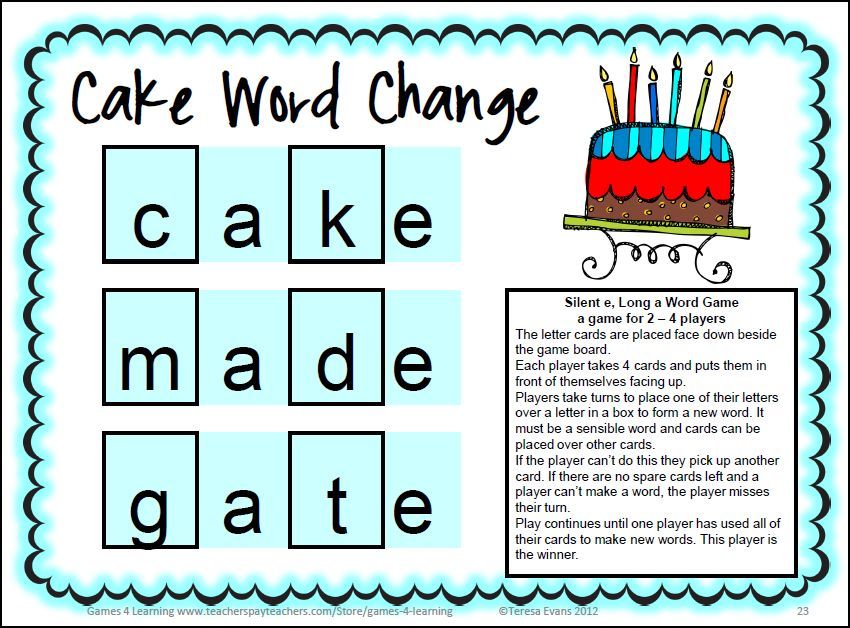
These words occur so frequently that readers, including very young readers, need to know them instantly. And once your child learns basic sight words, they won’t need to spend a lot of time trying to decipher these high-frequency words.
Sight words are dually helpful in this way: they help your child instantly recognize familiar words and help them bypass trying to sound them out because, phonetically, they often don’t make much sense!
Why, for instance, doesn’t the word was rhyme with has? Why doesn’t have rhyme with gave? The first of each is phonetically irregular, despite the fact that they’re some of the most common words in the English language.
As adults who learned to read many years ago, we don’t think twice about why we pronounce sight words the way we do. We also don’t consider why was and has or have and gave don’t rhyme.
Our reading of these words happens automatically, and that’s what helps us read fluently. But early readers who are learning the rules of the English language need a little help.
But early readers who are learning the rules of the English language need a little help.
That’s where sight word games come in. We’ve compiled a list of fun activities that you can do with your young reader to help them learn sight words. And these activities are great for both you and your child.
For you, a majority of the activities require minimal supplies and prep time, which is great for a busy parent. For your child, the games are lots of fun, so they can learn without even realizing it.
But before we get to these fun activities, let’s be clear on the specific sight words your child will need to be familiar with.
What Words Should You Use For Sight Word Games?
Decades ago, an educator named Edward Dolch developed a list, used widely by teachers, of the words most frequently used in children’s books. He identified 220 “service words” and 95 nouns. The words are broken down by levels: pre-primer, primer, first grade, second grade, and third grade.
Some of the 315 words that comprise the two lists are very easy for kids to learn: a, I, it.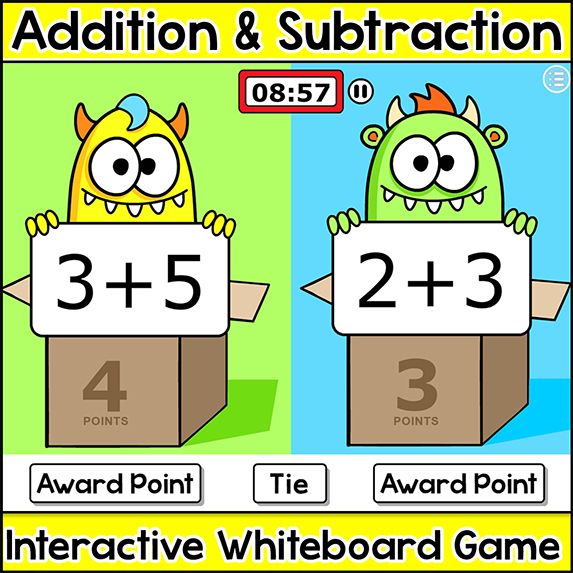 Others offer more of a challenge. For instance, the pre-primer list includes you, said, and where.
Others offer more of a challenge. For instance, the pre-primer list includes you, said, and where.
Here is a list of the 45 sight words we include in our Beginning Reader and Growing Reader pathways:
And, a, the, on, is, to, I, was, you, your, yes, no, do, they, with, that, are, said, girl, boy, were, this, look, like, want, has, of, what, see, go, play, here, very, good, his, her, there, where, have, walk, talk, know, blue, green, little.
Are Sight Words Just High-Frequency Words?
The short answer: not quite. But it’s a little more complicated.
While the terms sight words and high-frequency words are often used interchangeably, there are some key differences.
High-frequency words, as the name suggests, are the most commonly found words in our written language. For example, like, the, it, etc., are all high-frequency words. And some of them follow standard phonetic patterns while others don’t.
On the other hand, though sight words may frequently occur in text, what sets them apart is that they do not fit standard phonetic patterns or the applicable phonetic rules are more advanced.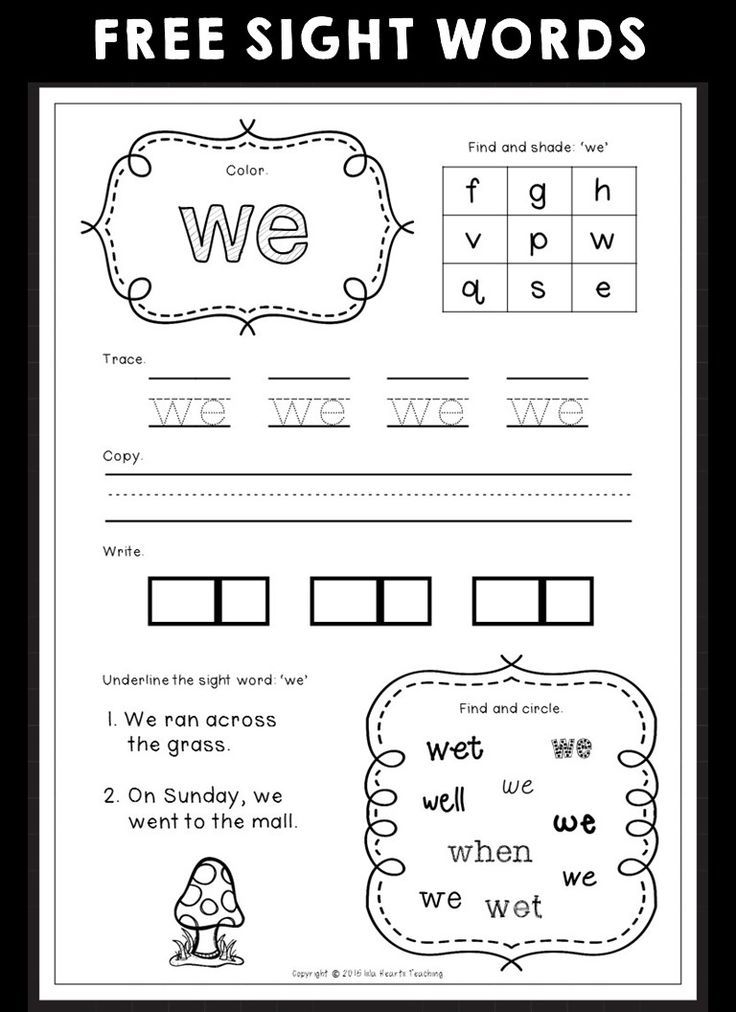 Therefore, they often need to be memorized.
Therefore, they often need to be memorized.
In essence, many high-frequency words can become sight words once a learner reads them instantly without trying to decode them.
One of the best ways to help kids get to this stage of word recognition is to continue exposing them to sight words. This is where games come into play!
13 Fun Sight Word Games To Help Your Child Learn
Parents wear many hats — companion, guidance counselor, teacher, and so on — and all of them are crucial. But one of the most enjoyable parts of being a parent is cutting up with your child and having a little bit of fun.
The good news? Your child can learn and have fun at the same time while playing these games!
We know how invested you are in your child’s future. We want to help you set them up with the best tools for success in the easiest, most enjoyable way possible. So here are some sight word games that will get their brain working and their belly laughing!
1) Sight Word Twister
This is a version of the popular game Twister.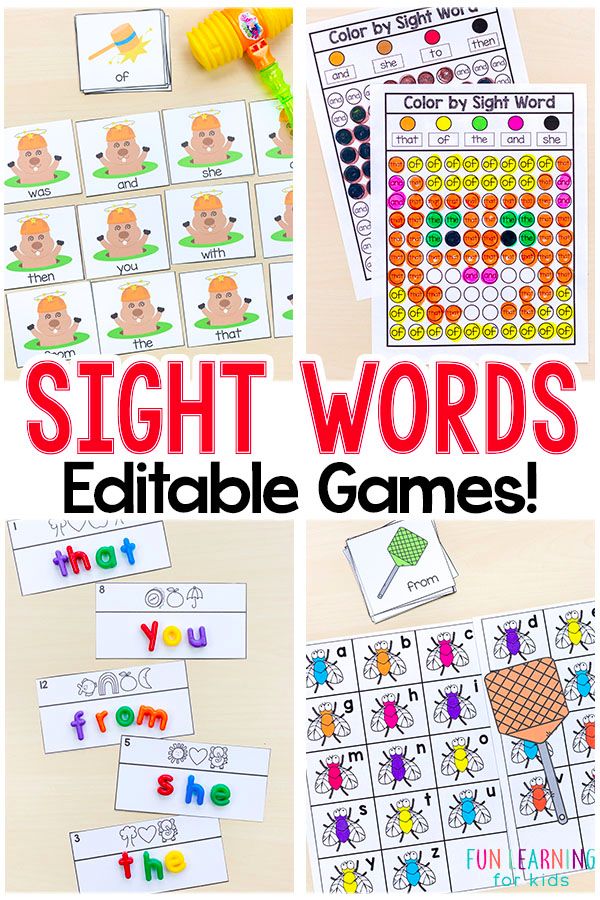 If you want to try this game, choose between six or twelve words to work with at a time.
If you want to try this game, choose between six or twelve words to work with at a time.
That number will depend on your child’s comfort level with sight words, their attention span, and the amount of time on your hands! Feel free to start small and work your way up with additional rounds.
Write each sight word you chose on a blank index card. Then, clear a space on a wooden or linoleum floor and tape each word so that they are all just a little bit apart from each other (make sure your little one can still reach!). Now the fun begins.
Tell your child to find one of the words — have, for instance — and place an elbow on the word. Then they must put their knee on a second word and their nose on a third. You can go on to a fourth, fifth, or sixth word, or you can stop at three.
Your child isn’t the only one who has to twist and turn. In our experience, children want you to play along with them and be just as silly about the shapes you make with your body!
Plus, giving your child the chance to choose the word you have to touch helps them practice reading their sight words.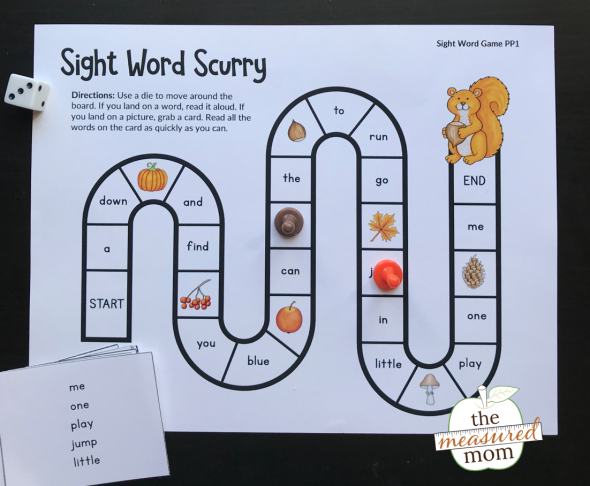 Being the “game boss” will give them another opportunity to learn!
Being the “game boss” will give them another opportunity to learn!
Your child may have a blast with this game and insist they want to keep going, but it’s best to limit your play to two or three rounds per player. That will help keep them from getting bored with the game (and give their brain a chance to rest!).
2) Pick The Word
If you want to try this game with your child, write your six sight words on index cards — one word per card. On a separate sheet of paper, list the six words twice — one list for you, one for your child.
Next, place the index cards with the words facing down. You can take the first turn. After picking a word from your list, flip four of the cards so the words are showing. If you uncover the word you’re seeking, you can cross that word off your list.
At the end of your turn, flip the cards back over, mix them up, and give your child a turn at flipping four of the cards.
If on your first turn you did not find the word you wanted, you have to hunt for the same word on your next turn.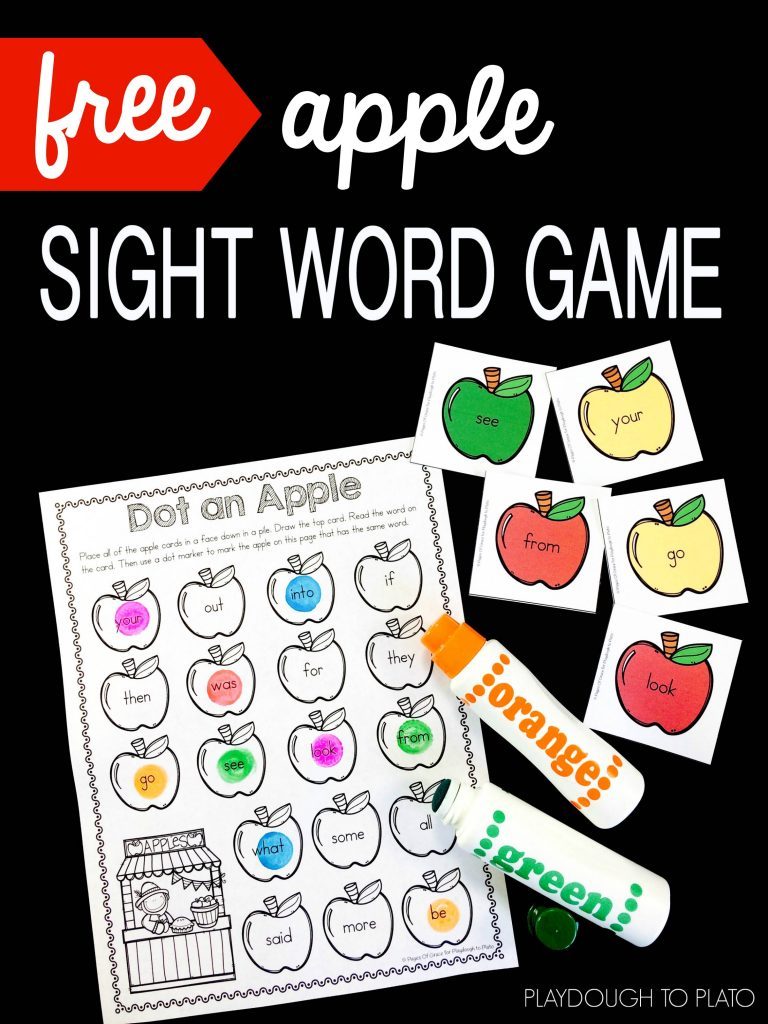 If you found the word you wanted, pick a second word from the list.
If you found the word you wanted, pick a second word from the list.
The first player to cross off four words wins. To make the game more challenging, you can turn over three cards per turn instead of four, or you can aim to find all six words instead of just four of the words.
3) Word Match Up
On a sheet of paper, write your six sight words three times. Your child’s job is to draw a line that connects each word to the two identical words on the sheet.
After drawing a line that connects the first three words, it’s time to connect the next three matching words.
This game may sound pretty easy, but here’s the hitch: your child cannot cross any line already on the page. The page gets pretty crowded with lines, so this is not an easy accomplishment. They may end up with some kooky, loopy lines — and that’s the goal!
Try it yourself. The more you stumble and struggle, the more your child will enjoy the game!
4) Word Toss
If you’d like to give this game a go, write each sight word on its own Post-it® and then stick the words on the floor.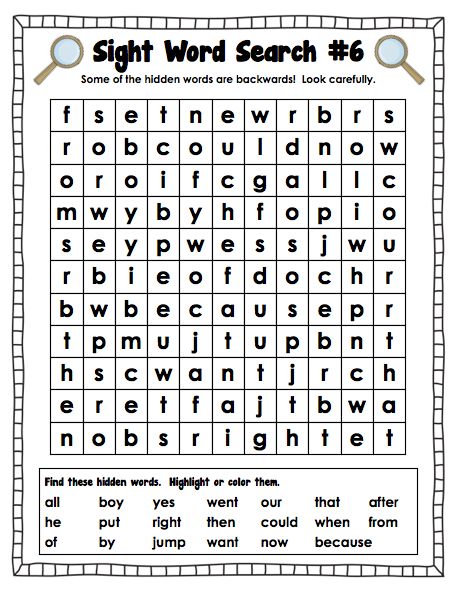 You can also stick them to a wall or a door.
You can also stick them to a wall or a door.
Get a soft toy, like a small stuffed animal, and stand a few feet away from the words. Choose a word and say it aloud. Your child must toss the toy so that it hits the right word.
Your turn next. Your child picks a word for you to hit. The game is more fun if you miss, so don’t worry about having poor aim. You can play to see who reaches a set number of points or who has the most points after five or six rounds.
5) Sight Word Bingo
Selecting from the Dolch lists, you can make custom Bingo cards that use sight words. It makes the perfect, classic sight word game for your child!
We’re sure you know how Bingo works, but just in case, we’ll give you a refresher. Set up one regular bingo board each for you and your child. If more people are playing, you might have teams or make sure you have one card for each player.
Tell your child to pick 24 words. The same words will go on both boards, but in different places on each board.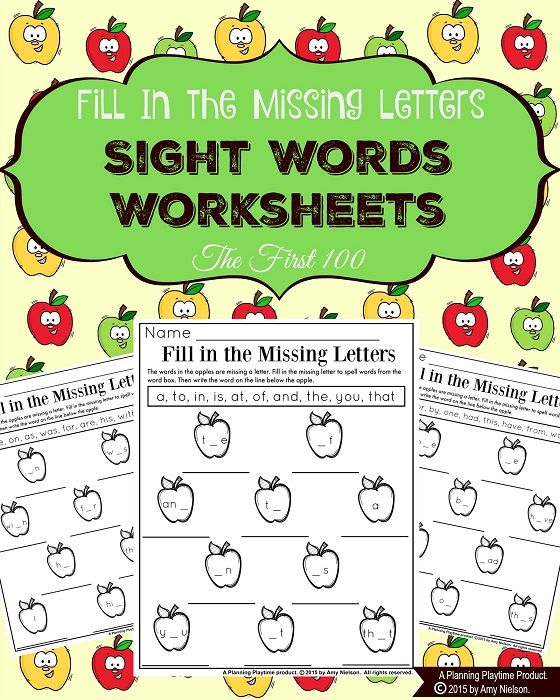 Then write the words on index cards. Turn the cards over and mix them up.
Then write the words on index cards. Turn the cards over and mix them up.
Players will take turns picking cards — reading the words and finding each word on their card. When they find a word, they will cover it with a token or a penny. The first person to get five words in a row wins. Bingo!
6) Sight Word Go Fish
Introducing your child to this game will be easier if they have prior experience with Go Fish. If they don’t, that’s OK, too! It’s easy to learn and a blast to play.
If you’d like to give this game a go, use index cards or cut pieces of paper for playing cards. You can write matching pairs of whichever sight words you want your child to focus on. It’s important that there are at least two cards for each word — the point of Go Fish is to match them!
We recommend starting with 20 cards (ten sets of words) and giving each player five cards in their hand. You can decrease the number for younger children and increase the number (or difficulty) of words as your child gets more comfortable playing.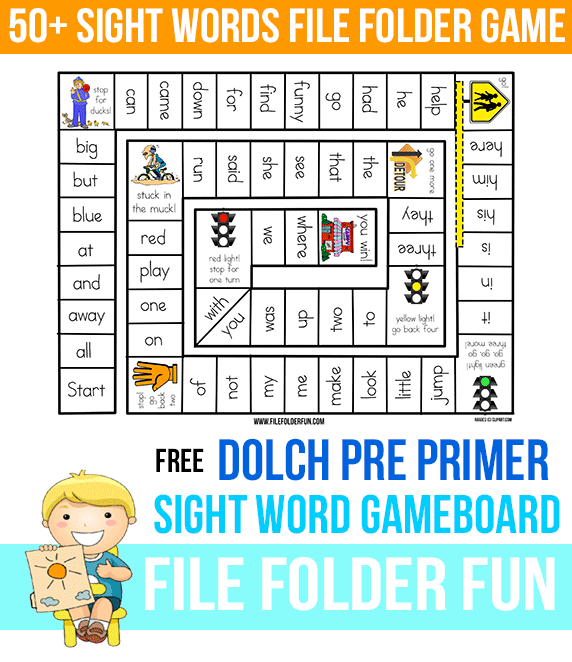
Tip: For younger kids, you might let your child lay the words on the floor and hide them from you by using a book as a shield rather than them holding the cards in their hand, as that can be challenging.
Your child will read out the word they want to match. If the word is an, for example, and you have the other an card in your hand, then you have to hand it over. If you don’t have the matching card, then you tell them to “Go fish!” from the pile of extra cards.
If your child is a little older and experienced with some sight words already, feel free to sprinkle in words they already know.
The familiarity will help their confidence as they work with their new words. We all like the feeling of knowing how to do something correctly — reinforcing their knowledge positively (like through a game!) will help keep them encouraged to learn more.
7) Sight Word Scavenger Hunt
This option is super versatile — it can be played indoors or outdoors!
We all love a good, old-fashioned scavenger hunt.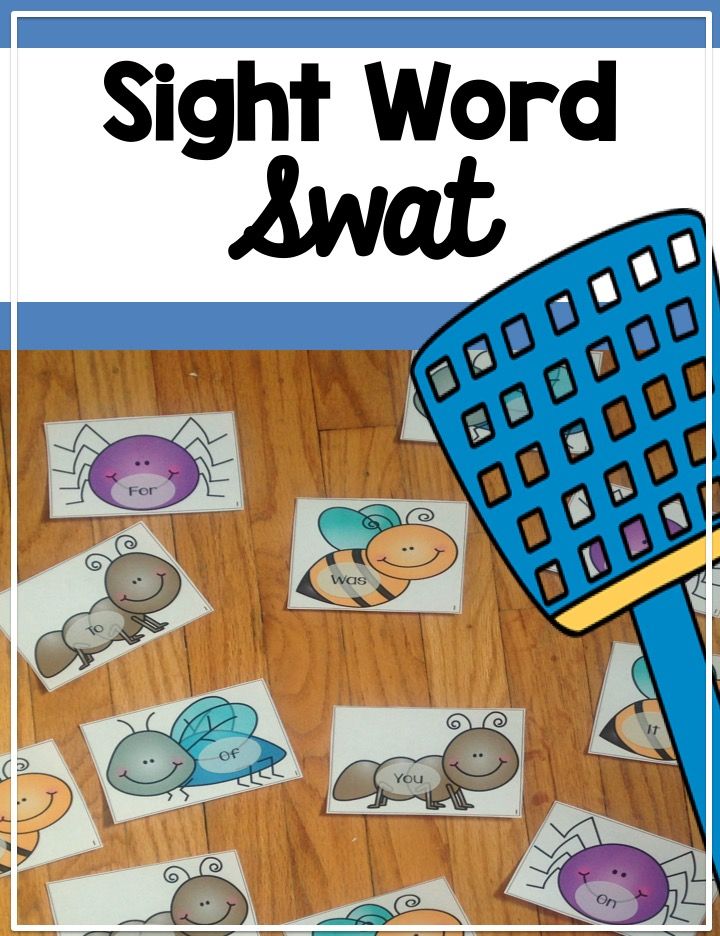 Instead of hunting pastel eggs filled with candy, though, this game has your child hunting their sight words.
Instead of hunting pastel eggs filled with candy, though, this game has your child hunting their sight words.
If you want to try this game with your child, write the sight words you want to use on a stack of index cards and number them 1-10. It may also be beneficial to write the words on a separate sheet of paper for your child to reference so they know the selection.
Then make a list of clues for those same words on a separate piece of paper. For example, one clue might be, “I __ a cookie” (have) or, “What word rhymes with buzz?” (was).
Next, simply hide the cards in places familiar to your child. You can use the backyard, a favorite park, or your whole house if it’s an extra rainy or cold day. They’ll use the clues to figure out which words to search for.
Tip: make sure you remember where you put the cards! You’ll need to keep in mind the different locations while you write out your sheet of clues. The numbers on the cards should coincide with the clues. Have fun with some wacky rhymes and hints that will get your child laughing!
The clue list can also be made optional.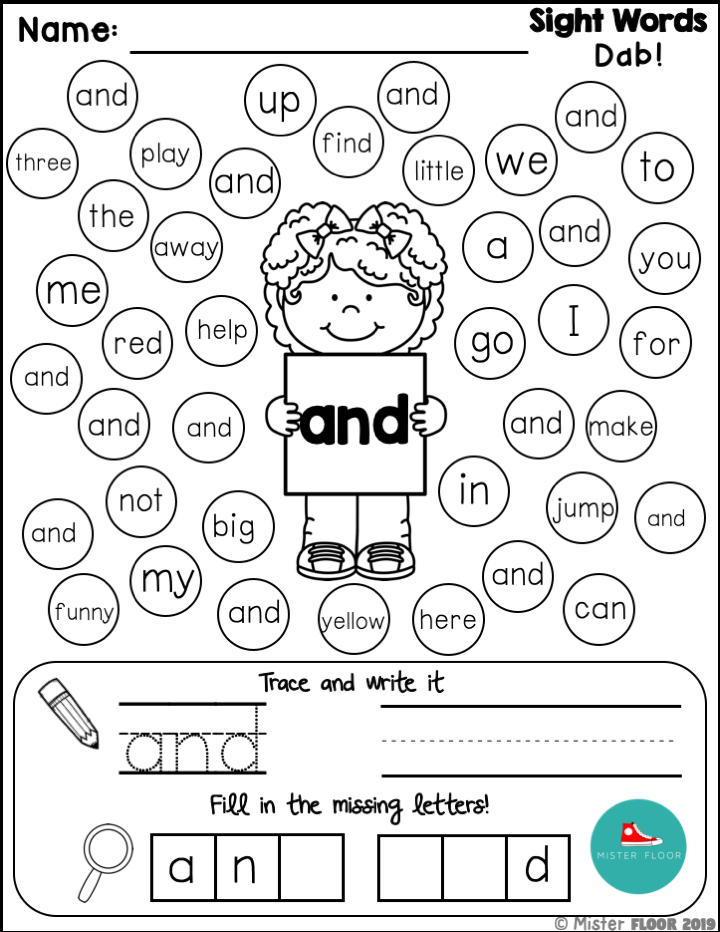 If you’re working in a small space, your child can always just try to find however many words you hid. If they know to look for 10 cards, then they can just run wild through the room (hopefully not upturning furniture!) searching for them.
If you’re working in a small space, your child can always just try to find however many words you hid. If they know to look for 10 cards, then they can just run wild through the room (hopefully not upturning furniture!) searching for them.
8) Sight Word Tower
This is an easy, fun sight word game for your child to try that we guarantee they’ll love — because it involves things crashing and making a mess (but one that’s easy to clean up, we promise!).
While trying this game, you’ll need a stack of paper or plastic cups that you don’t mind writing on with a marker. Near the rim of each cup, write a single sight word you want your child to focus on (that way all the cups are the same).
Then your child simply picks up the cup, reads off the sight word, and tries to create a “tower” or “castle” out of all their sight word cups! Here’s the rub — you can only have three cups on the floor! All others must build on top of those three and cannot be inside each other.
The trick is to make sure the cups don’t fall over — if they do, you have to start again! They win once they stack all the cups (and read all the sight words!).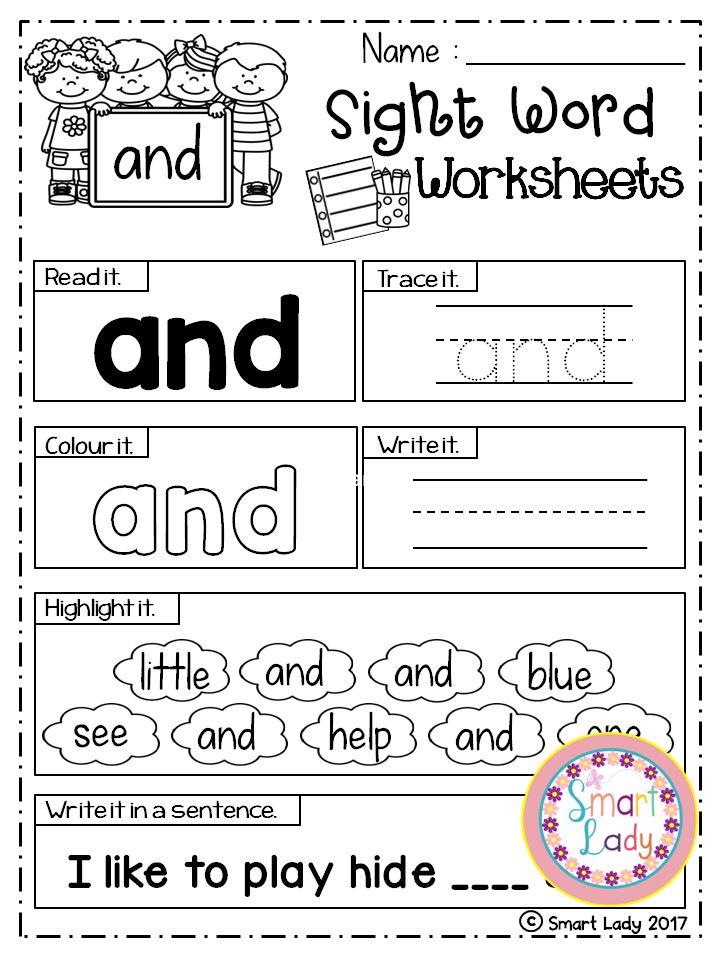
9) Volleyball
This sight word game is easy and simple as well. All you need is an inflatable beach ball that you can write on with a permanent marker.
For each “sliver” of the beach ball, you’ll simply write down a sight word. Then you and your child will toss the ball back and forth. If you want to simulate a proper volleyball game, then you can do this over a net propped up in a yard.
When you catch the volleyball with your hands, you have to read aloud the two words your thumbs touch. For example, your left thumb may touch the word “blue” while your right thumb touches the word “our.” Once you read the words, toss the ball back to the other player.
You don’t have to write in-between the lines on the ball, either. To make it wilder (and challenging!), you can write words all over the ball. That way the words your child “catches” are even more unpredictable.
10) Sight Word Path
All you need for this fun game is masking tape (or painter’s tape), index cards, and a marker.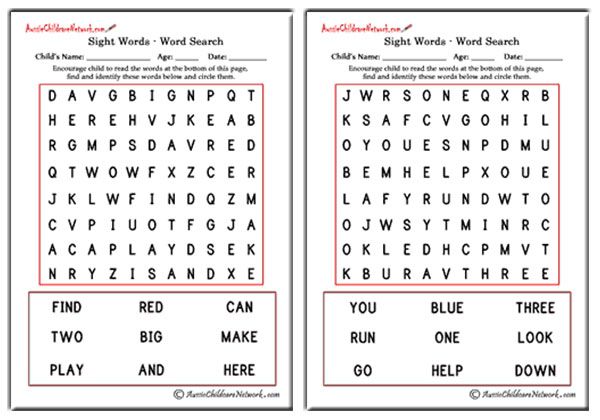
First, write one sight word on each index card. Then, arrange your cards face up on the floor to make a “path.” This path doesn’t have to be straight. It can have as many twists and turns as you’d like (i.e., over the chairs, under the table, etc.).
When placing the cards, make sure they are close enough to each other that your child can step from one card to the next. Important tip: Don’t forget to tape them down with your masking tape to prevent slips or falls. Safety first!
Your child will need to stand at the beginning of the “path” you’ve created and read the word on the first card out loud to start the game. Then, when they’ve read it correctly, they step onto that card.
The goal is to read the next word, and the next, and so forth until they reach the end of the path. If you’re playing with multiple children, each child can start once the player before them has gotten to the end of the course.
Once your child is comfortable with this game, encourage them to read and walk more quickly.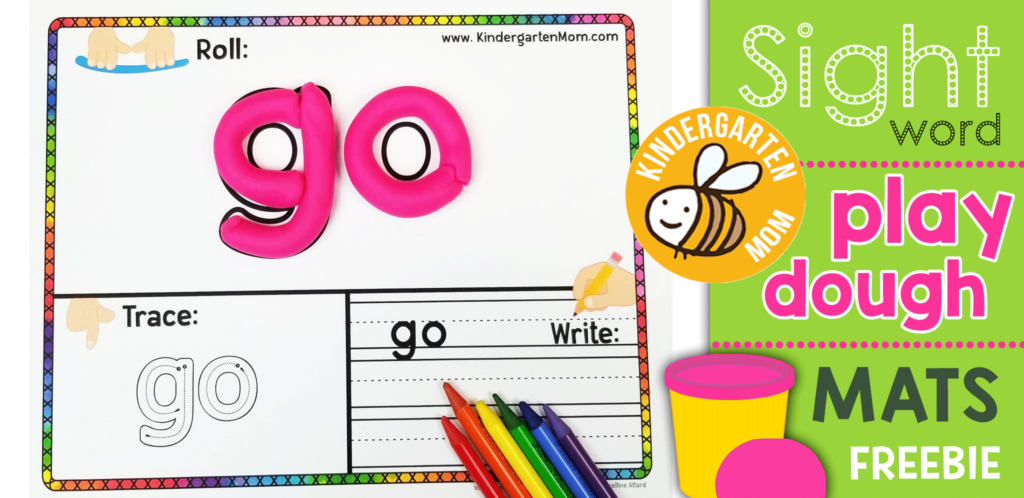 If they are just starting to learn sight words, you can first introduce them to easy terms and increase the difficulty as they go along.
If they are just starting to learn sight words, you can first introduce them to easy terms and increase the difficulty as they go along.
This activity helps kids read sight words quickly and gain confidence through repetition. They’ll also be burning a lot of energy in the process!
11) Hangman
Hangman is a popular game that can also be great to help children learn sight words. To begin, grab some index cards, a marker, and some sheets of paper.
Write one sight word on each index card. Then, use your marker to draw a Hangman “scaffold” on a sheet of paper. (You can also use a chalkboard and chalk for this activity if those are available.)
Next, place the sheet of paper in front of your child, and put the index cards face down next to it. To play, have your child draw a card from the stack and read it aloud. Give them five to 10 seconds to do so.
If your child mispronounces the word on their card, show them how to add the first body piece to the hangman structure (e.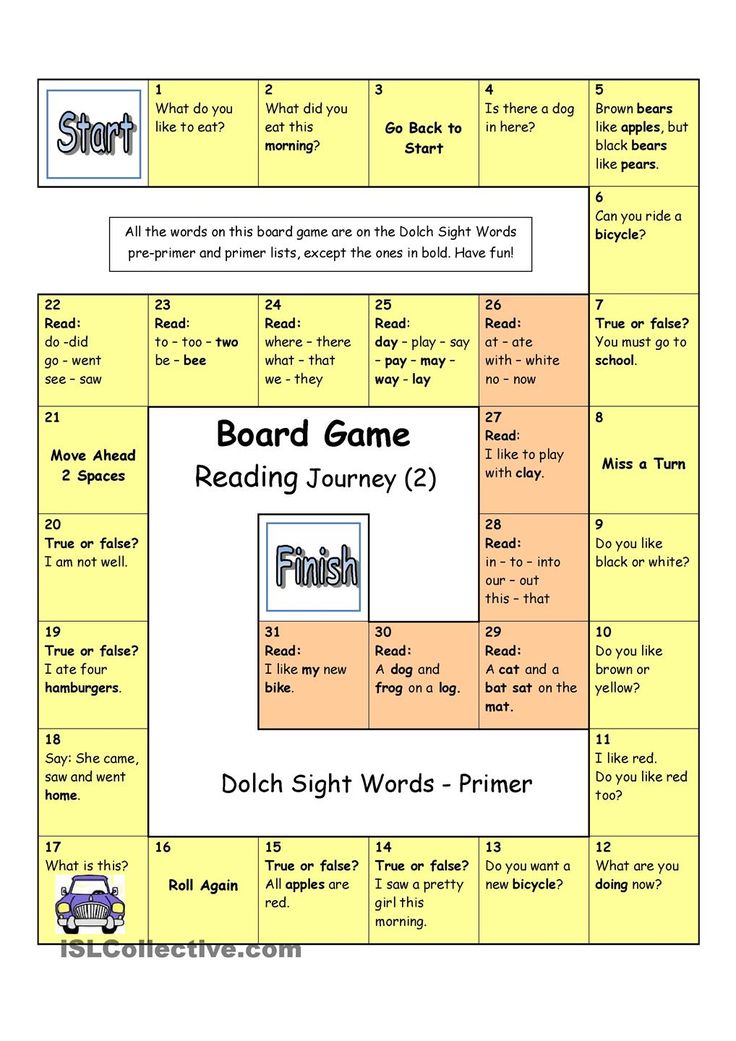 g., the head). That index card will then return to the bottom of the stack for them to try again later.
g., the head). That index card will then return to the bottom of the stack for them to try again later.
(Remember to help them pronounce this word before returning it to the stack so that they’ll be better prepared next time.)
If they pronounce the word correctly (yay!), move that card to a “correct” pile. Then, continue playing until all the Hangman body pieces have been added — head, torso, arms, and legs.
Once the game is over, have your child count all the cards from their correct pile and tally this as their score. If you’re playing with more than one person, the one with the most cards is the winner! Note: Each child will need their own sheet of paper with the Hangman structure.
If you’re playing with very young children just starting to learn sight words, you can take two turns to draw each body piece (e.g., for legs, you can draw from the waist to knees, then the knees to the feet). This will give them more chances to get words right before the game ends.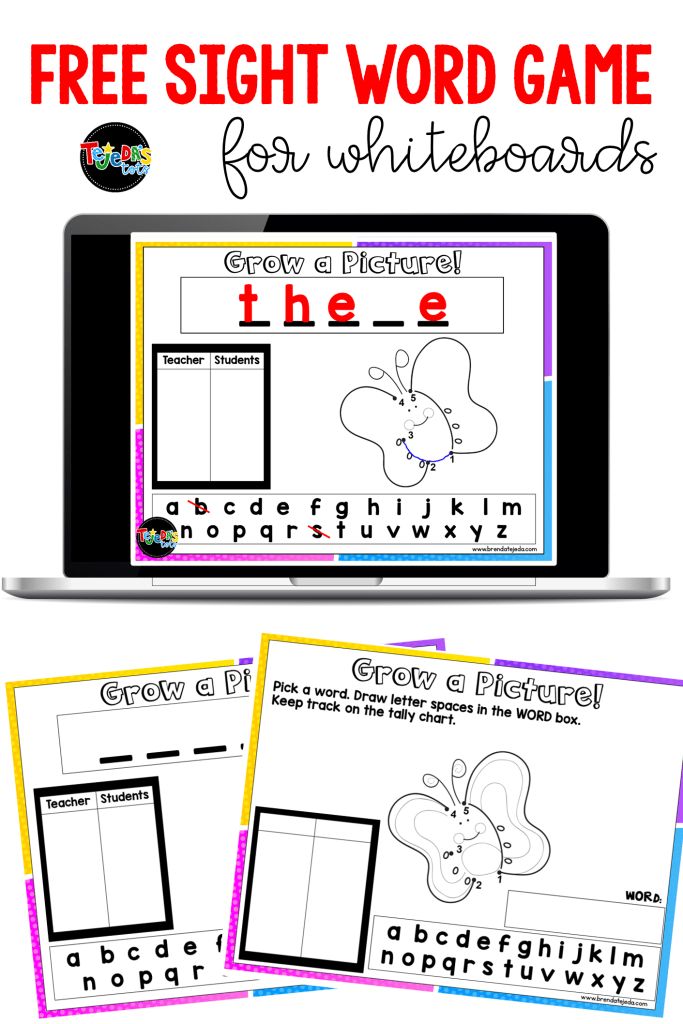
If your child or children are more familiar with sight words, begin the game with the head and torso already drawn, giving them fewer chances to make mistakes.
Also, since any mispronounced words get returned to the stack of cards, your child will be exposed to them again, giving them more opportunities to get the pronunciation correct.
12) Sight Word Discovery
Most kids love discovering interesting items in their homes or backyards. Sight Word Discovery takes this natural love for exploring and mixes it with learning.
You’ll need a few items to get started — index cards, a marker, a large plastic tub, a lot of sand, and craft sticks and rocks (these are optional).
First, write a sight word on each index card. Then, fill the large plastic tub with sand. While filling it up, randomly put the index cards into the tub. You can add some sticks and rocks to the mix as well.
For this game, your child will need to act as a paleontologist who’s on the hunt for sight words (no fossil-finding today!).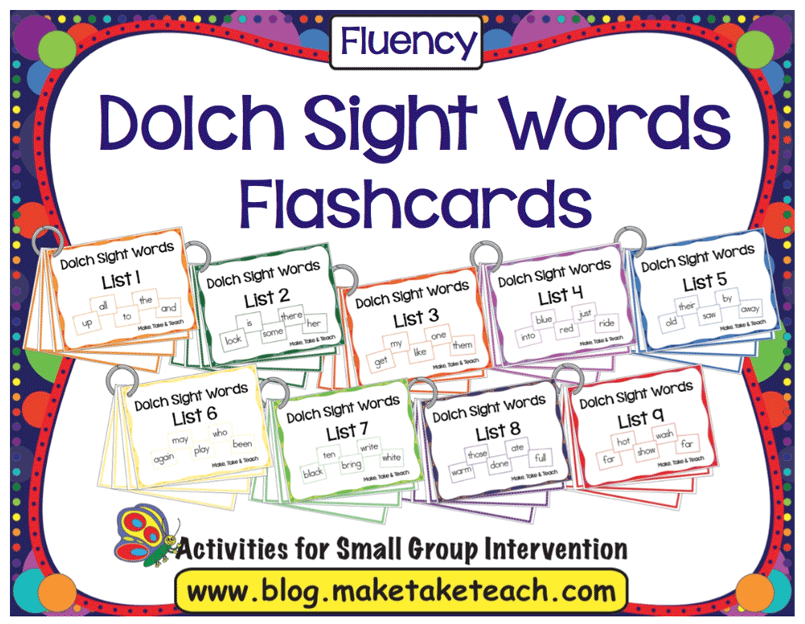 Every time your child finds a new card, have them read it aloud.
Every time your child finds a new card, have them read it aloud.
Wow! Look what I found! It’s “the!”
Sometimes parents find it difficult to encourage their children to participate in learning activities or games. But, since children often love playing with sand or dirt, you don’t have to worry about that here!
13) Sight Words On Playdough
Hands-on learning activities are a great way to help children grasp many concepts. That’s because they’re very interactive, allow for creativity, and help to make abstract concepts real.
All you need to get started with this game is playdough, magnetic letters (or letter cutouts from cardboard paper), index cards, and a marker.
The goal is to encourage your child to construct sight words using the magnetic letters. They will then place these letters upright on the playdough.
To play, place a stack of index cards in front of them, face down. Each index card will have a sight word. When your child draws a card, they’ll need to read it aloud and then construct the word on the playdough.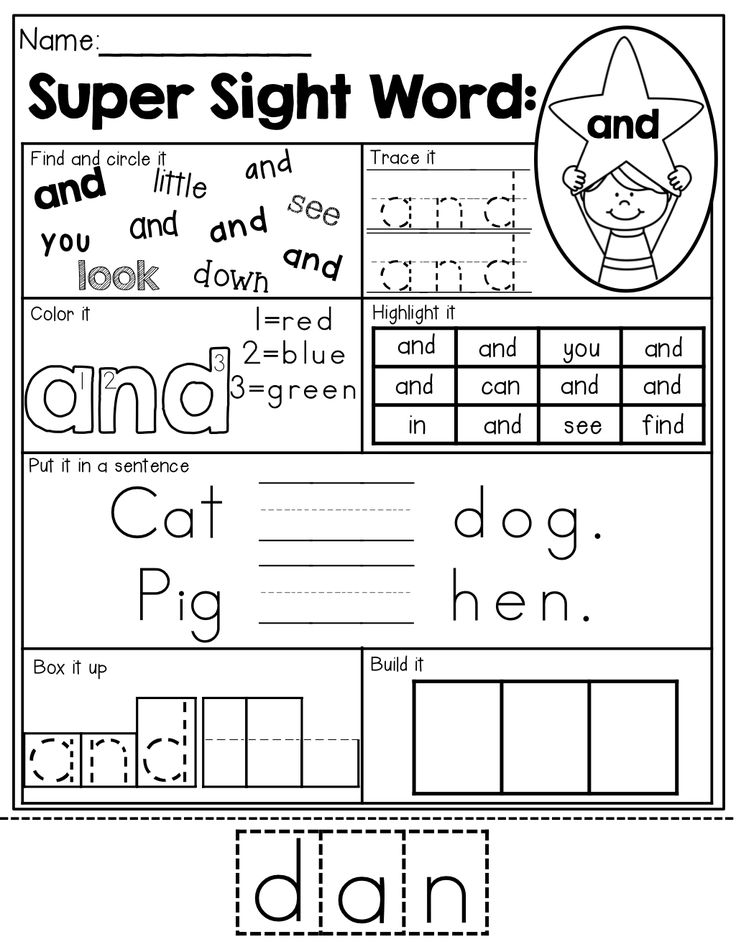
For example, if your child draws the word like, they’ll need to read it, find the word’s letters, and place them upright on the playdough.
To make things a little more interesting, give your child a timer and ask, “How many words can you construct in five minutes?”
This is a great hands-on learning activity to help kids build their own sight words. And playing with multiple children can add some friendly competition.
What About Reading?
Here at HOMER, we’re big advocates of early childhood reading.
Not only do books expose your child to sight words (and high-frequency words), but they also help improve their vocabulary, strengthen their concentration, and expose children to the world around them.
In addition to playing the above sight word games, you can also continue to read regularly to your child to familiarize them with sight words.
Here are a few activity books you can also check out:
- Learn to Read: Sight Words Storybook (For three to five-year-olds)
- Sight Words Word Search Book for Kids (For four to eight-year-olds)
- 100 Sight Words Kindergarten Workbook (For four to six-year-olds)
- Sight Words Activity Book (For five to nine-year-olds)
- Sight Words and Spelling Workbook (For six to eight-year-olds)
Sight Word Games Are Fun And Functional
Games like these are easy to play, require very little equipment, and are highly effective.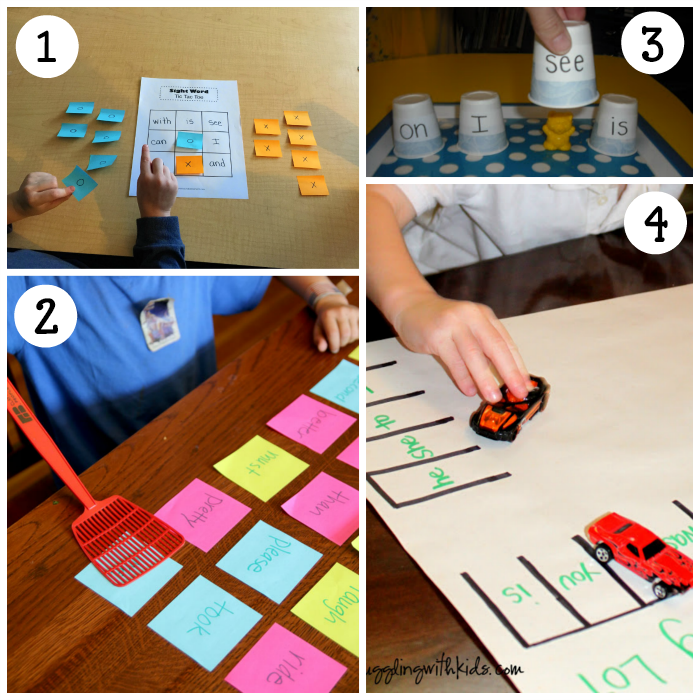 The more you play these or similar games, the faster your child will learn lots of sight words, which will make them stronger, more confident readers.
The more you play these or similar games, the faster your child will learn lots of sight words, which will make them stronger, more confident readers.
We hope you found some interesting options in this list that you’ll try with your child. Remember, sight word games are all about having fun and learning at the same time! Your child will work up their stamina the more they play these sight word games.
And as always, we’re here to offer a helping hand any time you need it. If you find yourself struggling to fit in practice time for your child’s sight words, you can leave them in our hands with the HOMER Learn & Grow app!
Author
What games can be played at home, in an apartment for two
?Previous Entry | Next Entry
Original taken from marya_iskysnica in What games can you play at home, in an apartment together
What can you play on paper together?
Games and entertainment "on paper" are familiar to people from
school desks.They are distinguished by their simplicity and by the fact that they are capable of
capture and interest from the first minutes. For such games, you only need
a sheet of paper (depending on each: checkered, line
or blank), as well as a pen or pencil.
Paper games:
- Tic-tac-toe - is a classic game in which
you need to draw a grid into 9 cells. Decide with your
partner who and what will draw (tic-tac-toe). Start the game,
each of your moves is one character. The winner is the one who managed to draw three
identical signs horizontally, diagonally or vertically. - Sticks - For this game you will need a sheet of
cells. On it you need to draw a geometric rhombus. The task
of each player is to draw sticks inside the rhombus, which would occupy one side of the
cell. If someone manages to find a non-closed cell
(that is, sticks on three sides), he immediately draws the fourth, and inside
own sign - a cross or a zero.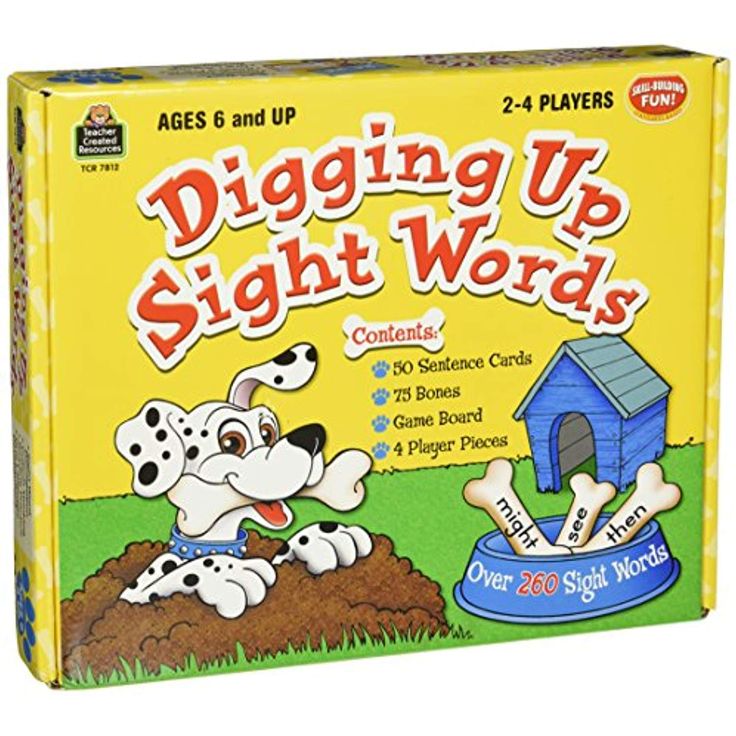 The one who draws more characters in the playing field
The one who draws more characters in the playing field
wins. - Hand - you will need a sheet in a box (you can also use
in a line). Circle your hand, inside its outline you should paint the numbers
from 1 to 100 in different places (tangled). Your partner does the same
on his list. Then you exchange
sheets. The task is to take turns finding a number from 1 to 100 and circle
after finding it. While you are looking for him, your partner draws
around the outline of the hand zero. The winner is the one who draws a full sheet of
zeros in the "free territory". - Naval battle - in order to start the game, you
should draw two battlefields (each player). The field looks like a
square 10 by 10 cells each (the top line is indicated by
letters: from a to u, and the left vertical from 1 to 10. Inside the field, each
player draws ships: 1 of 4 cells, 2 of 3, 3 out of 2 and 1
single).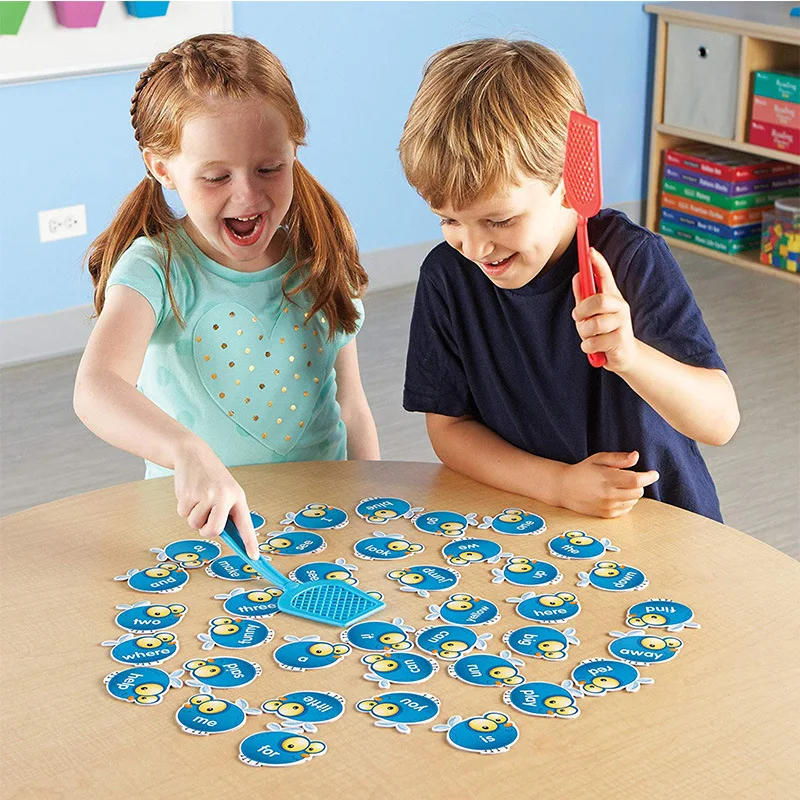 Your task is to shoot at the enemy field, calling
Your task is to shoot at the enemy field, calling
coordinates, for example: "a-10" or "r-7". The one who first
"sinks" all enemy ships will win. - Words - a long word is written on a piece of paper.
The task of each player is to come up with as many small words as possible from
long words. The one with the highest number wins.
For example, the word "parallelogram" and from it the words: "pair", "gram",
"lego", "goal", "frame" and so on. - Word crossword - In the middle of the sheet, write
a long word. Your task is to add small or other words,
which would consist of several letters of the original. The winner will be the one who
will make the maximum number of words (1 word - 1 point), a long word (more than one letter
- 2 points).
What can you play cards with?
Many people like to play cards, because they allow you to completely forget about time and have fun.
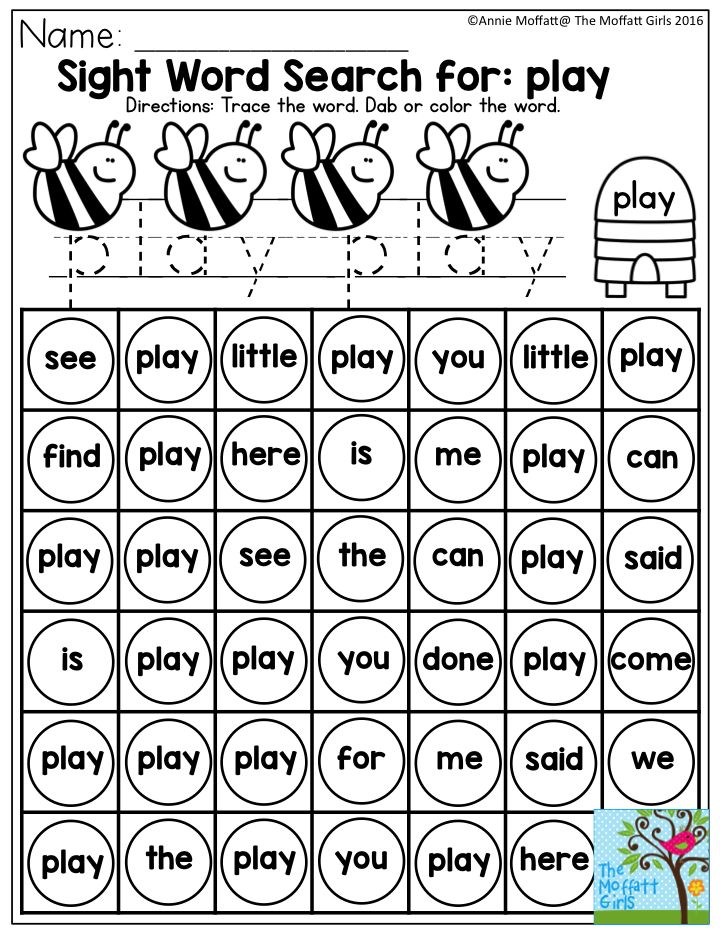
Interesting card games:
- Fool - is an old and familiar game. There are two types of
: "Ordinary Fool" and "Flip". The task of the game is to beat a card of more than
of the highest of the same suit or any trump card. Each player receives 6
cards and replenishes his set as they are discarded. The one who runs out of cards
wins. - Queen of Spades - Players must have
cards. All of them must be in pairs. Alternately every
the player draws a card from the partner without looking and, adding a pair to it, discards
(for example: 9 crosses and 9 diamonds). Among all the cards there is one -
"Queen of Spades". The one who has this card left (it is the only one in
which does not have a pair, since 1 queen is discarded from the deck immediately) and its owner
at the end of the game will become the losing side.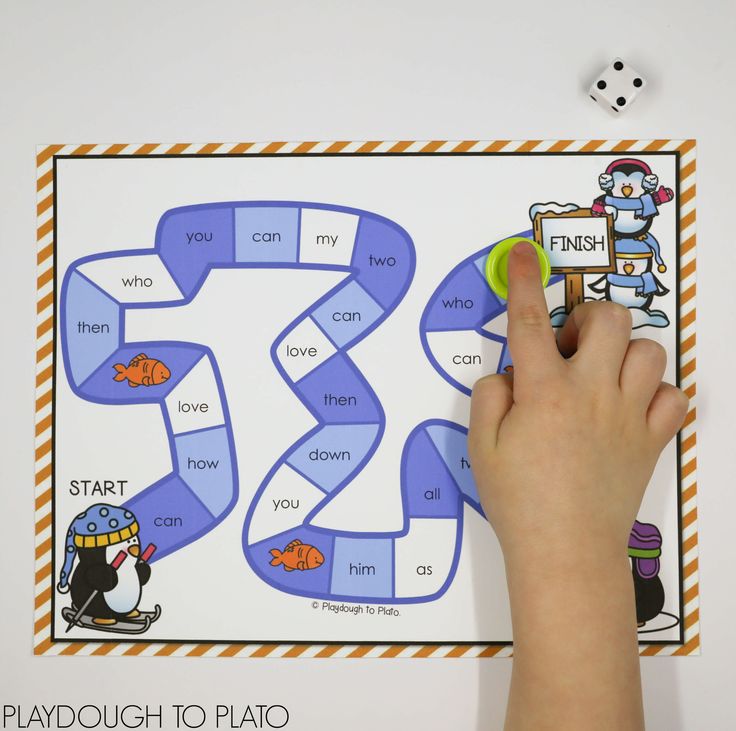
- Trump Card - Place the deck face down
in front of you. Designate in advance a trump card (any suit) and alternately
turn over one card at a time. The one who is lucky enough to put a trump card,
, takes the entire stack of flipped cards. The one who has
more cards will lose. - Drunkard - place the deck face down in front of
. Start turning over the cards one at a time. The one whose card is
higher will have to take the entire flipped pile. The loser at the
end will have more cards.
Interesting card games for kids
Mobile games for two at home without a computer: what to play?
An alternative to "harmful" computer games can be
mobile interesting games that can be played at home or outdoors
.
Games:
- Edible or not edible - The task of this game
is simple: everyone has to guess what object his partner will call him.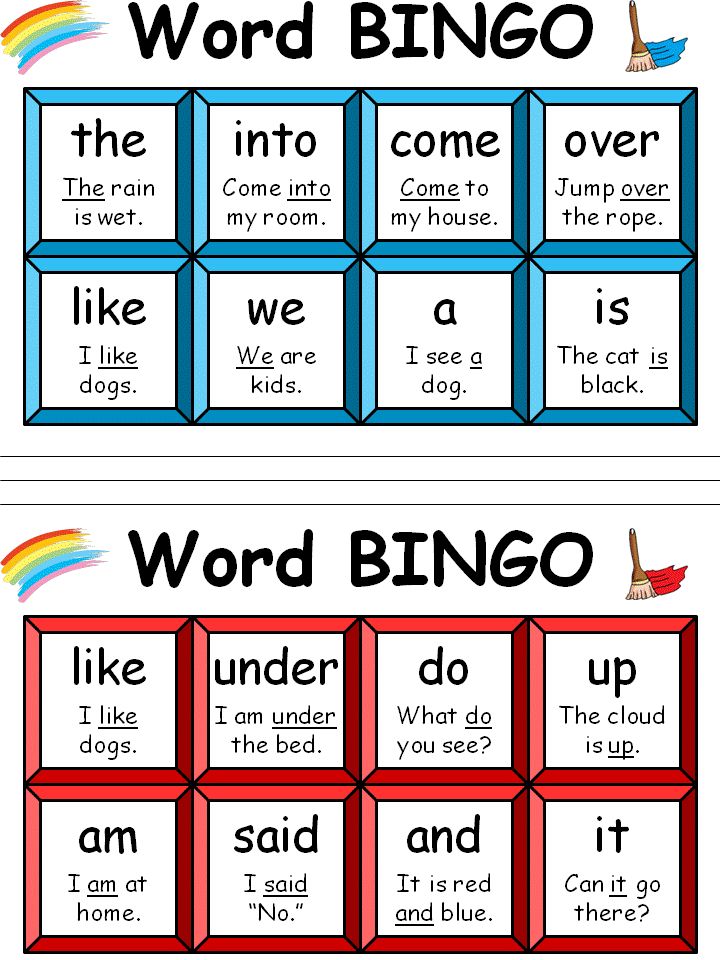 In
In
, depending on this, he either catches or hits a small ball.
The one who beats off the “edible word” loses, or catches
“inedible”. - Crocodile - is a simple and very interesting game in which
everyone has to show the word with gestures and movements. You cannot pronounce the
word and make sounds. The one who doesn't guess the word loses. - Cold or hot - your task is to hide
some object at home or on the street. The partner is looking for him, and you help him
to do this, reporting "hot, warm or cold" as he
approaching a hidden item. - Note - the game is simple and interesting: one participant
writes words on the back of his partner with his fingers, and he guesses the letters and
forms the word. The one with the most words wins. - Broken phone - This game will require
a large number of children.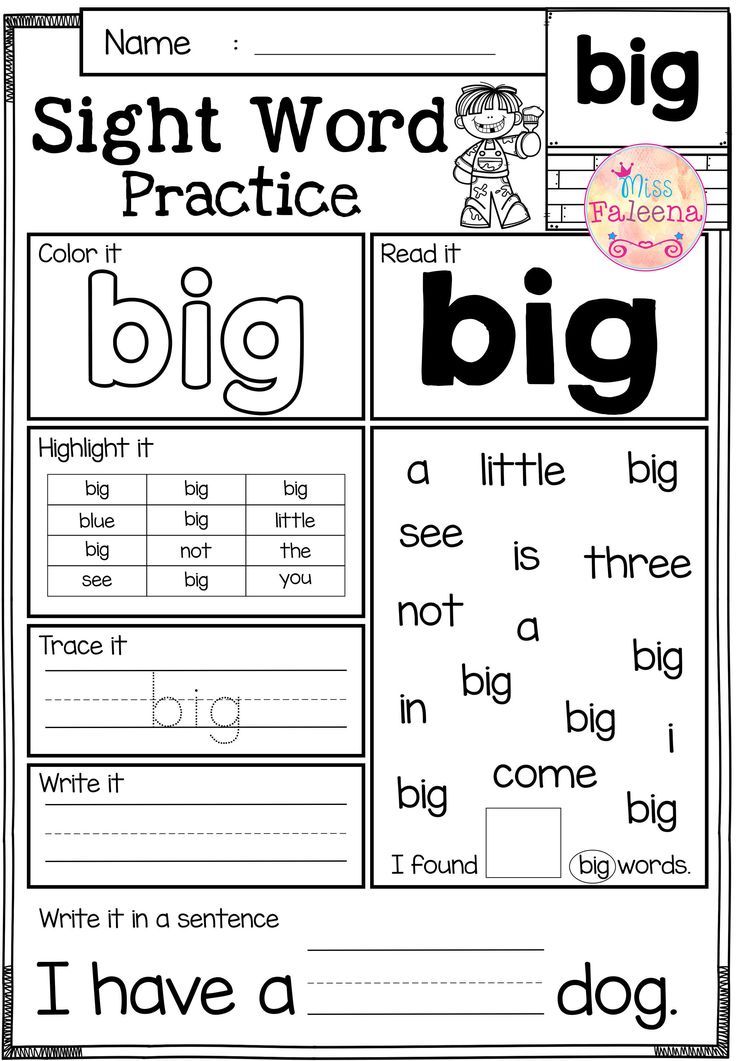 Everyone sits in a row. The first child comes up with the word
Everyone sits in a row. The first child comes up with the word
and tells it to his neighbor, but quickly and quietly. He also passes it on
exactly as heard. The latter speaks the heard word loudly. If
the word eventually turned out to be “corrupted”, everyone voices what they heard and
the loser is thus revealed.
Interesting and fun games for children
What games can adults play at home, in an apartment for two, without a computer?
Adult games are characterized by more complex thought processes, as they are mainly designed for logic.
Games:
- Backgammon - for this you need dice, checkers and
a special game board. The winner is the one who first rolls the checkers around
and returns to his place. - Chess is a logic game, the meaning of which is to capture foreign territory and destroy the “enemy army”.
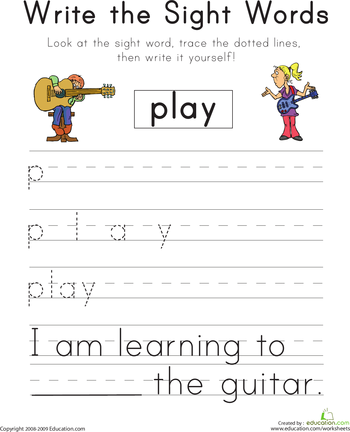
- Checkers - the game is designed for white or black checkers to move to the opposite field and "destroy" the opponent's checkers.
- Guess who I am (Tarantino) - the game is very simple and
fun at the same time. The names of
world personalities (actors, singers, politicians) are written on pieces of paper. The leaves are mixed and each one, not
looking, chooses one for himself, then fastens it to his forehead. The task of everyone is
to guess what kind of personality he got by leading questions. - Mafia - a complex turn-based detective game.
The game should use ordinary or special cards, you can not do
without master assistance.
What games can a husband and wife play at home, in an apartment without a computer?
- Lotto - is a classic game, with which time literally
“flies unnoticed”.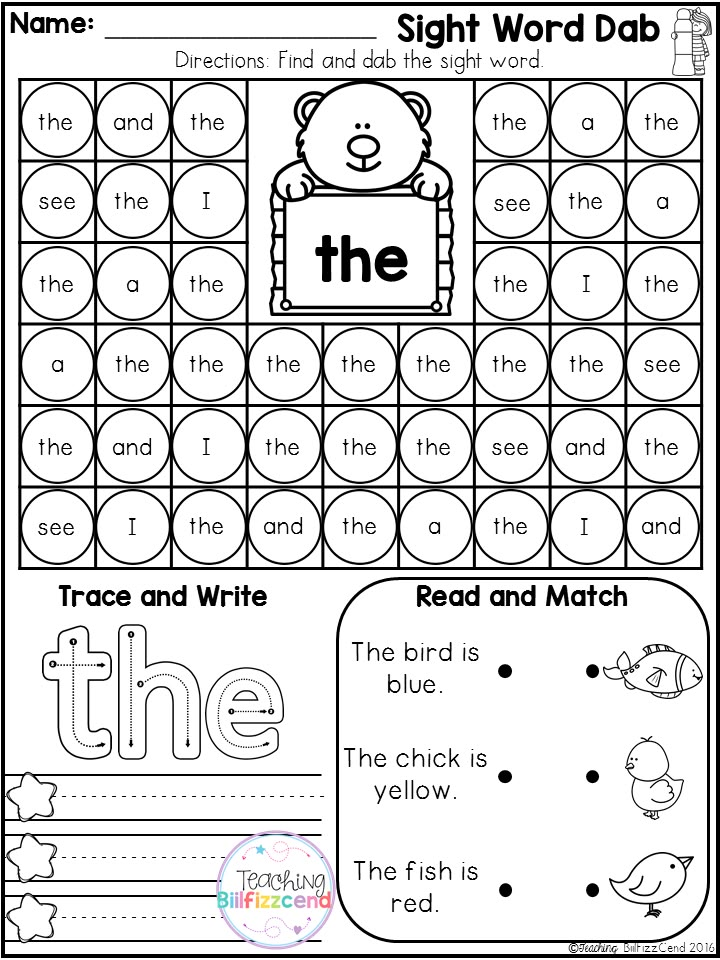 To do this, you will need a special set of tickets and
To do this, you will need a special set of tickets and
bag of kegs. The first person to complete their ticket with
digits wins. - Jenga - is a logic game in which you have to
remove blocks from the built tower by taking them out of the middle. Task -
do not break the tower, the one whose tower crumbles will lose. - True or False - each player tells
two stories, one is fiction and the other is true. The task of the second
player is to find out what is what. The one who knows his
partner best will win. - Associations - your task is to think of a word
and name all associations with it to your partner so that he guesses it
. Whoever guesses the most words wins. - “What movie?” - for this, players should be
real moviegoers. Describe the story of the main character without naming him
and your opponent will guess the movie.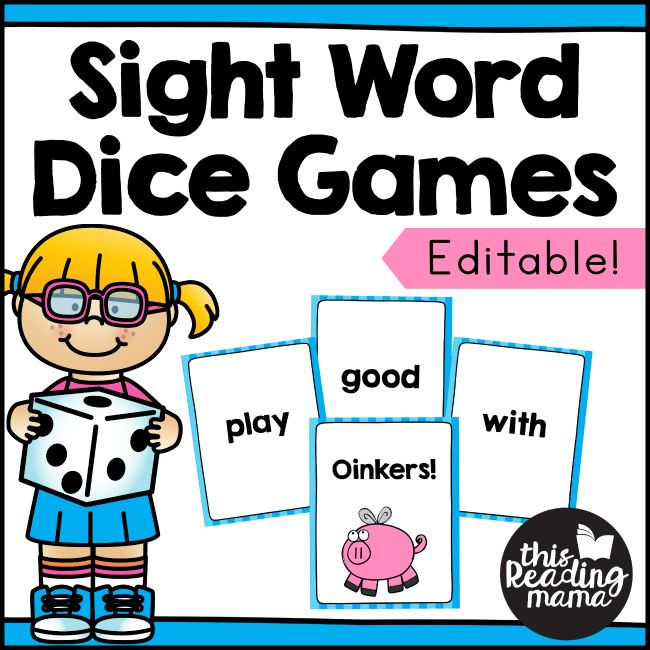 The more correct
The more correct
answers, the more points.
Jenga
What games can a guy and a girl play together at home, in an apartment without a computer?
Games:
- Towns - each player has to name the city by
the letter that was the last in the already named word. You can also change
the theme of the game, for example, not the name of cities, but the names of flowers or dishes. - Strip cards - for a young couple, even the usual "Fool" will be much more interesting if everyone takes off their clothes one by one.
- Jigsaw Puzzles – buy a big jigsaw picture and
try to spend time together putting it together piece by piece. At this time,
you can discuss many life issues and tell interesting
stories.
Collecting puzzles is an interesting pastime
What games can you play at home, in an apartment together without a computer with a friend?
Games:
- Divination for the betrothed - an interesting pastime
for two young girls, especially since there are many options for divination for
today: on cards, wax, coffee grounds
and so on.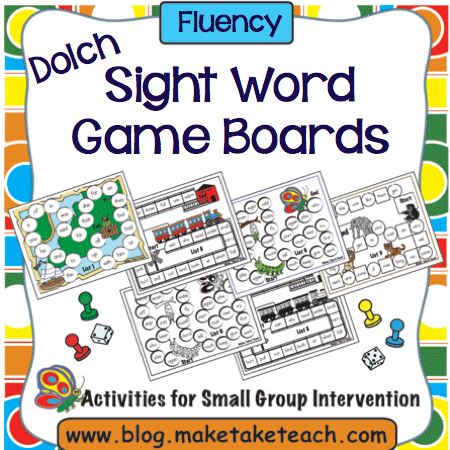
- Believe-not-believe - your friend asks you a question,
which you must answer correctly and incorrectly, and her task -
is to choose the right answer. The winner of the game will be the one who has
more correct answers. - "Weak" - in any game (be it cards, loto or
palms) can be "weak". This is the same punishment that
should do. As a rule, this is a funny or shameful activity, which is not easy to carry out
.
What games can you play at home, in an apartment together without a computer with your brother?
Games:
- Dominoes - is an interesting and exciting game for folding tiles.
- Mosaic - many interesting pictures can be put together.
- Constructor - build castles, houses or entire cities together.
- Twister - an active game with a special playground.
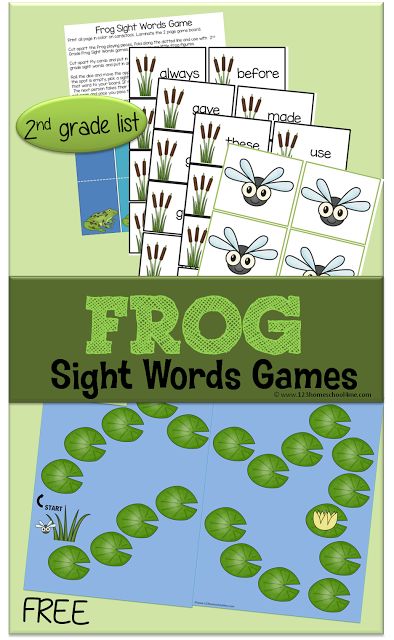
Twister
What games can you play at home, in an apartment together without a computer with your sister?
- Monopoly - an interesting, exciting logic game with many tasks and elements.
- Modeling clay or plasticine dough - modern modeling dough or clay will allow you to create interesting figures and have fun.
- Puppet theater - funny stories with toy characters will certainly amuse you and help you have a good time.
What can two boys and girls aged 10-14 play together without a computer if they are bored?
- Paper dolls - for the game you should draw and cut out the dolls, as well as come up with paper clothes for them.
- I am a designer - girls really like the game, because
makes you feel like a real designer, creating
fashion collections and giving a show to your girlfriend.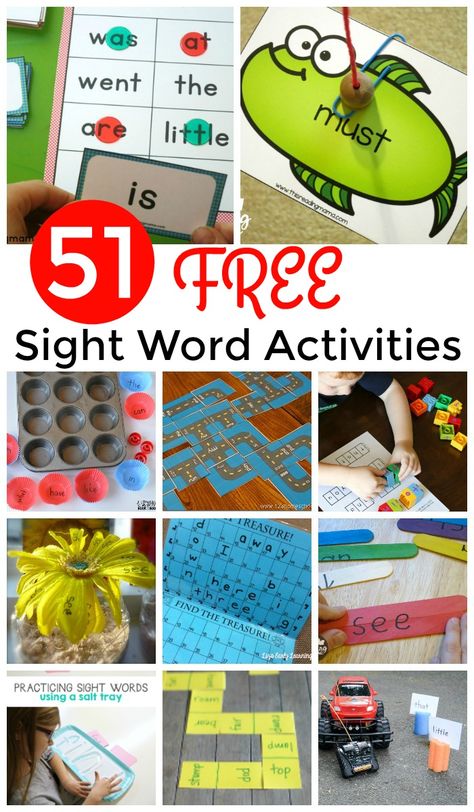
- Rubber Band - is a fun and active outdoor game.
- In the hairdresser - it is very interesting to create hairstyles and style for your girl friends.
What can two people play in the hospital?
- Guess the melody - you need to sing a familiar song with your voice, and your partner in the game must guess it.
- Coloring and drawing - a fun and relaxing pastime that everyone will enjoy.
- Questionnaires - compiling interesting questions about hobbies and answering them.
- Poetry - each player writes one line that continues the previous one in rhyme.
-
Adjika Abkhazian: an authentic recipe from Sukhum
This fragrance is unmistakable! I can't imagine my kitchen without this seasoning! Many cooks cannot imagine their cuisine without adjika.
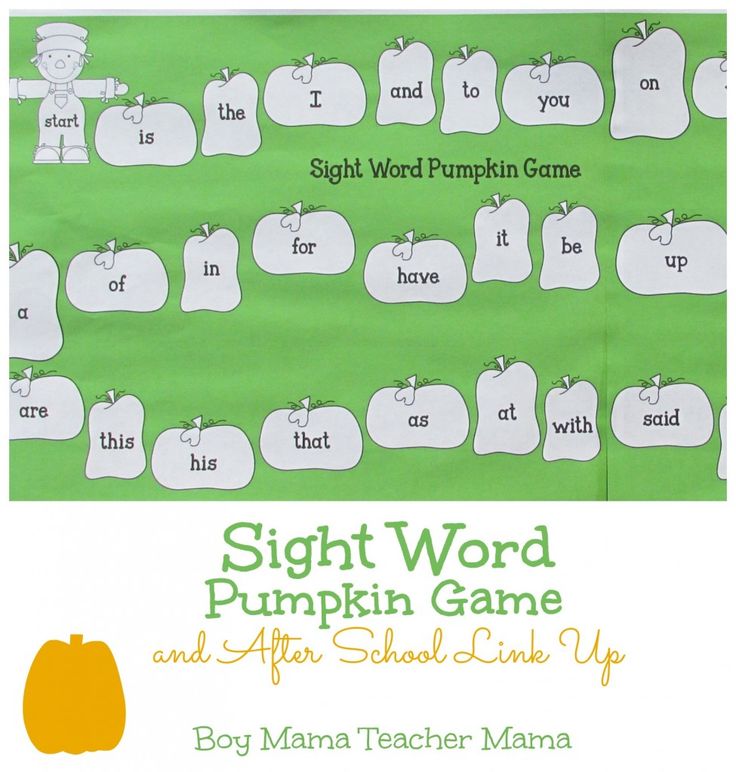 …
… -
400 words that cover 75% of all English texts
Researchers at the University of Oxford analyzed all types of texts, from literary works to tabloids…
-
How many grams in a tablespoon: a table for different products
To determine exactly how many grams in a tablespoon of bulk, solid, or liquid food ingredients, you should have on hand a special .
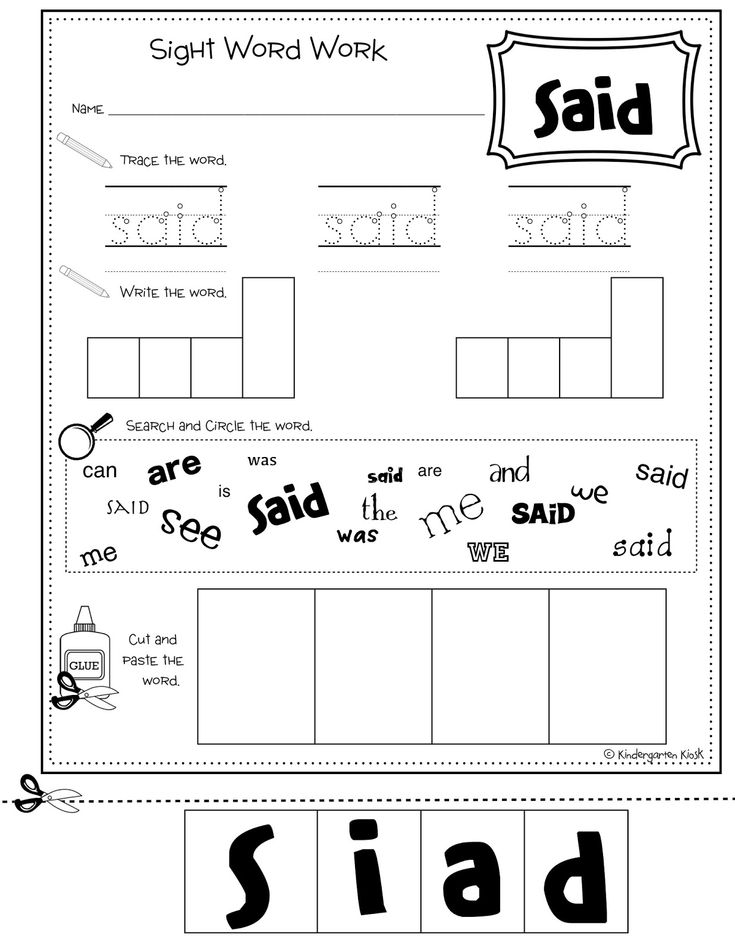 ..
.. -
Money in hand - there will be sounds! Labukhov jargon and its influence on the Russian language, labush dictionary
First, let's decipher the term. Labukh is a musician. Hence the verb "labat" - to play, to play music (like ...
-
Humans or aliens?
An international scientific expedition, conducting research in the Nazca desert (Peru) last summer, discovered six mummified remains in a cave, .
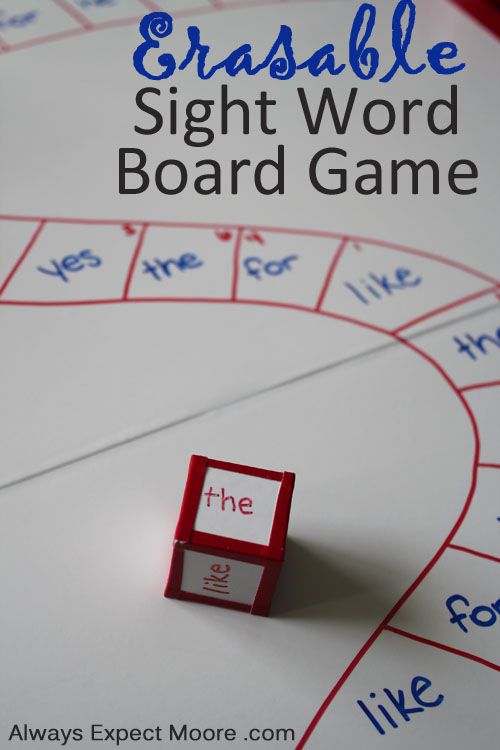 ..
.. -
Mysterious finds that still have no explanation
Archaeologists dug up a lot of objects from underground, most of which are quite simple - arrowheads ...
-
Epic punctures in "The Tale of Igor's Campaign"
apelsinovitsh asked to find more evidence that "The Tale of Igor's Campaign" is a miserable mediocre fake and to the ancient Russian .
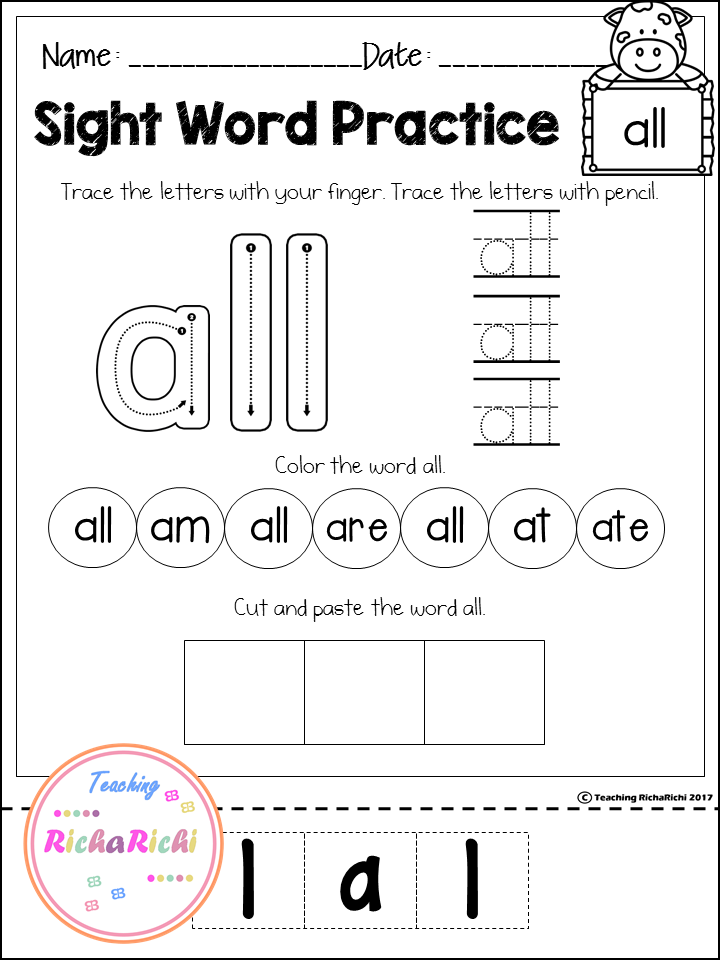 ..
.. -
Canine deworming medicine suddenly removed a metastasized cancerous tumor!
Retired Joe Tipens of Oklahoma learned in 2016 that he had end-stage small cell lung cancer. By January 2017…
-
10+ most dangerous tattoos, the meaning of which many do not even think about
Tattoos are much more than just expressive drawings on the body.
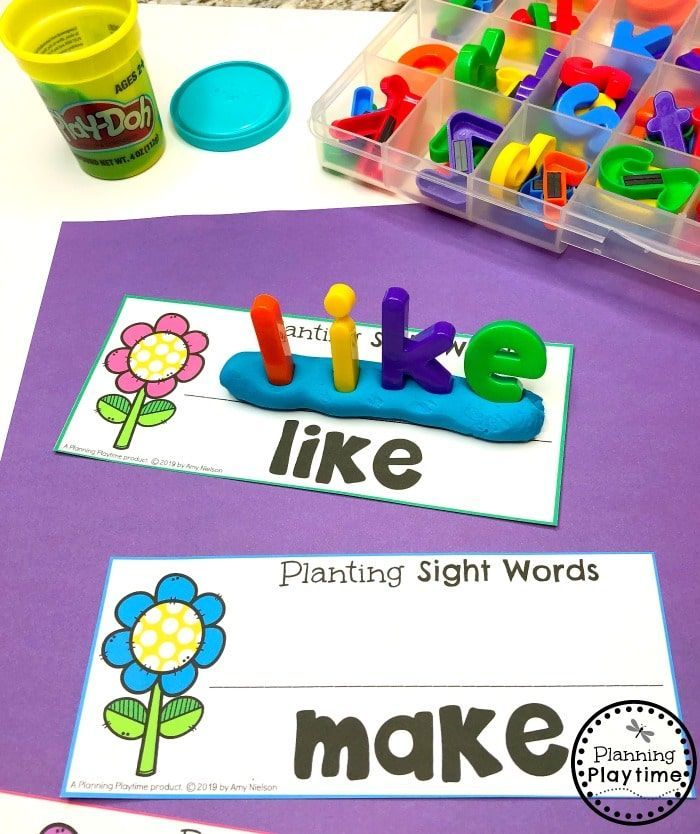 For some groups of people, such a pattern carries a special ...
For some groups of people, such a pattern carries a special ...
| October 2022 | ||||||
| S | M | T | W | T | F | S |
|---|---|---|---|---|---|---|
| 1 | ||||||
| 2 | 3 | 4 | 5 | 6 | 7 | 8 |
| 9 | 10 | 11 | 12 | 13 | 14 | 15 |
| 16 | 17 | 18 | 19 | 20 | 21 | 22 |
| 23 | 24 | 25 | 26 | 27 | 28 | 29 |
| 30 | 31 | |||||
- (Anonymous) : (no subject) [+3]
- (Anonymous) : фууууууууууууууууууууууууууууууууууууууууууууууууу [+3]
- yurayakunin : (no subject) [+4]
- vitkvv2017 : (No Subject) [+3]
- DARANGER1991 : (No Subject) [+1]
- AlexKolos (No Subject) [+1] ) [ : (no subject) [+1]
- (Anonymous) : (no subject) [+1]
- mangiana_irina : (no subject) [+0]
- vitas1917 : (no subject) [+0]
- fish_owner : (No Subject) [+0]
- AVTORDNYA : (No Subject) [+0]
- (Anonymous) : (No Subject) [No Subject) [No Subject) Anonymous) : (no subject) [+0]
- (Anonymous) : (no subject) [+0]
Powered by LiveJournal.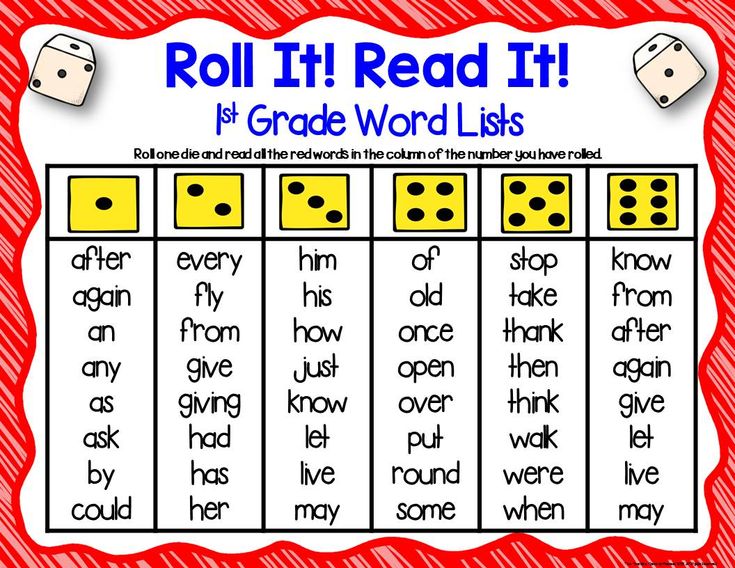 com
com
Word game for traveling with kids: 15 best options
In the summer we are always going somewhere. To the cottage by car, on vacation by train or plane. If you have children with you, there must certainly be games at the ready that you can play right without getting out of your chair. How about word games? How much do you know?
Tatyana Kolobova
1. "Twins" (Doublets)
It is said that the game D oublets was invented by Lewis Carroll, the author of Alice in Wonderland. It is not difficult to play it, besides, this game perfectly trains the skills of recognizing vowels and consonants.
Rules: select a word (from three to five letters) and change only one letter in it. For example: t umba - r umba, m uk - r eka. Then we change the letter in the second word again, it turns out: t umba - r umba - z umba (dance), r uka - m ukamu r a.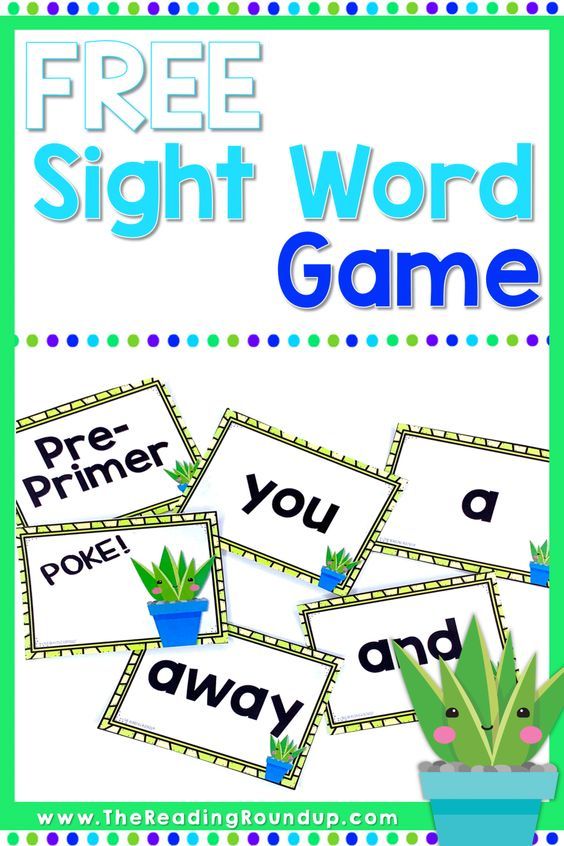 Next, we try to extend the chain. Whoever has the longer one wins!
Next, we try to extend the chain. Whoever has the longer one wins!
We complicate: we take words of 6-8 letters and play by the same rules.
2. Cities
Everyone seems to know this game. What could be easier? But options are possible.
Rules : the first player starts the city, the next player must choose the name of the city starting with the last letter of the previous one: Moscow and - A shkhabad. The downside of this game is that cities with the letter A will run out pretty soon. In this case, you can switch to the game "Cities and Countries" or "Cities and Rivers" . By the way, you can also play with an atlas in your hands, because children do not know so many geographical names. And with the atlas it is convenient, informative and useful!
3 The Hidden Word
The Hidden Word is the beginning of an exciting game that never ends.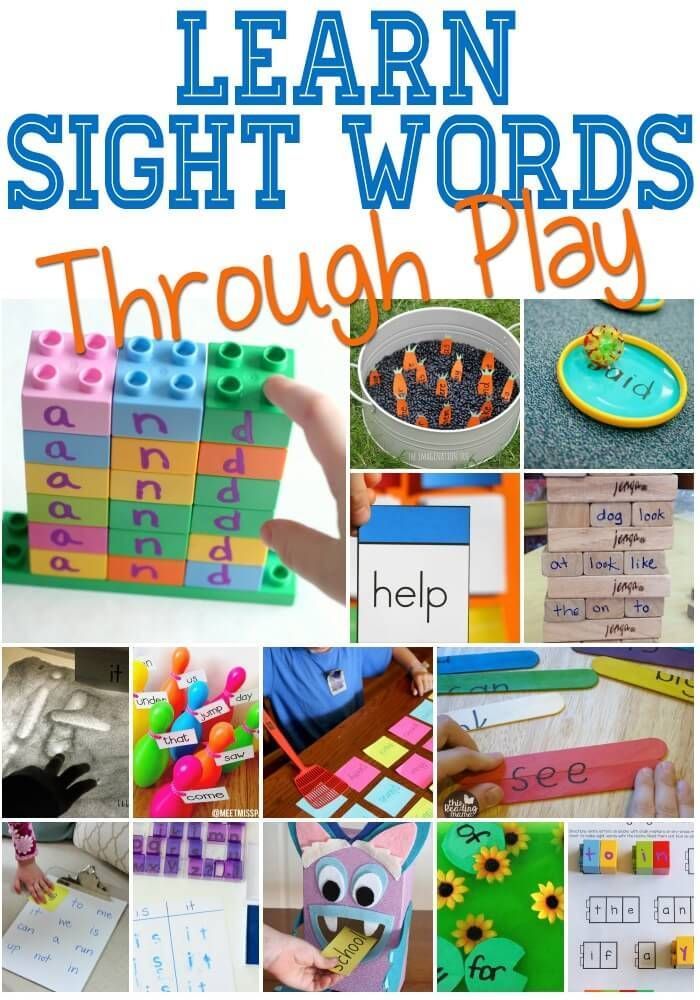
Rule: take a word and come up with a cipher for it: for each letter of the chosen word there should be one sentence, and the sentences must be connected in meaning. You can play in teams or each for yourself, the one whose cipher will be the most logical in meaning wins.
For example, choose the word "Potato". The cipher could be:
K Angty A Stronaut R ASSOSE T Uman O ven Sh to , and Tummors
Calm -plated text for a random selection of letters are not so simple to think out. Sometimes the cipher texts turn out to be very funny, but in any case it is interesting to play!
4. Spy encryption
Come up with your own version of the letter cipher and write a secret message. Give the "key" of the cipher to the other players and offer to quickly decipher your message.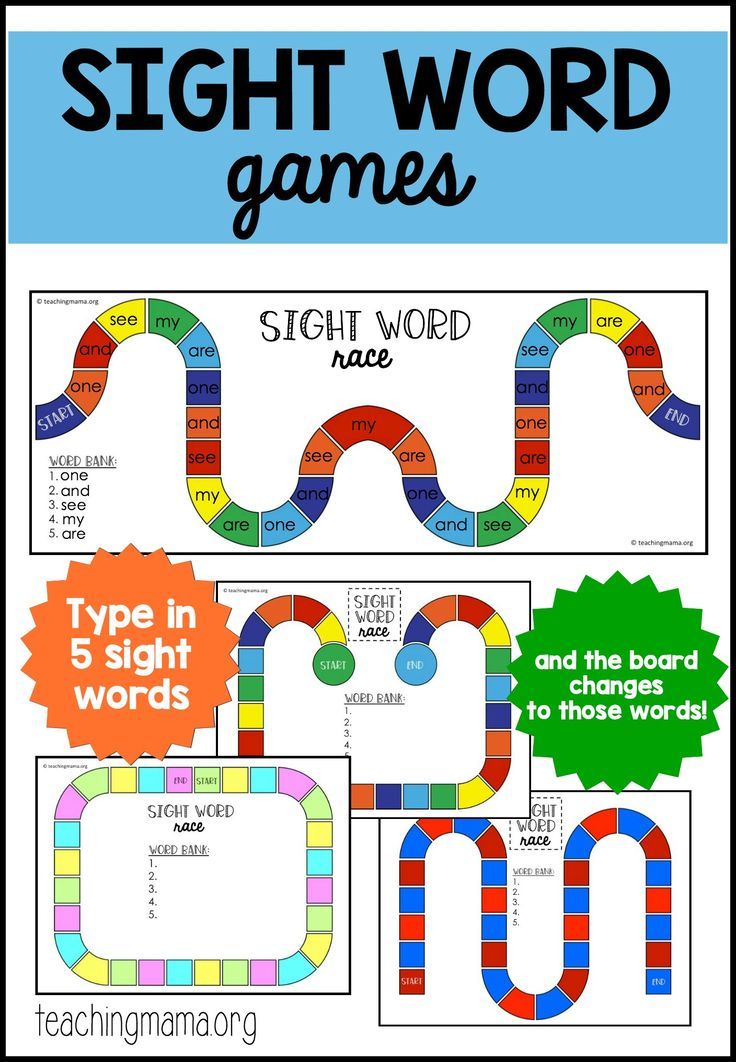 The “key” can be, for example, as follows: each letter corresponds to the next letter of the alphabet in order: A=B, B=C, and so on. The word "hello" in this case will look like this: RSKGEU.
The “key” can be, for example, as follows: each letter corresponds to the next letter of the alphabet in order: A=B, B=C, and so on. The word "hello" in this case will look like this: RSKGEU.
5. Guess who and what?
Depending on the complexity of the hidden word, the game can be suitable for any age.
Rules: the host thinks of a word. If you play "Guess it?", it can be a historical character, a fairy-tale hero, a mythical character, a cartoon or movie hero, one of the people everyone knows (family member, classmate). If you play "Guess who?", then you agree in advance what the hidden word refers to (a household item, an animal, a natural phenomenon, or something else). Next, the participants in the game ask leading questions to which the leader can only answer “yes” or “no”. The player who guesses the word first wins.
6. Who am I?
Variation on the theme of the game "Guess who and what?"
Rules: Each player writes a word on a self-adhesive piece of paper that can mean an object, phenomenon, person, character of a fairy tale, movie or cartoon, and sticks the piece of paper on the neighbor's forehead.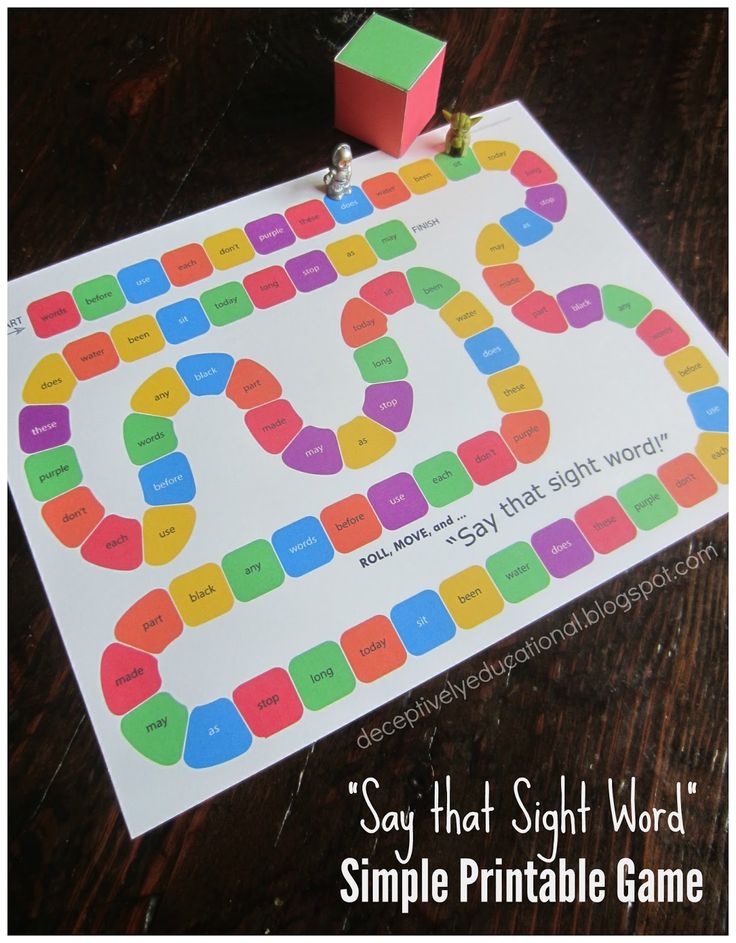 Thus, the word is seen by all participants in the game, except for the one who has this word on his forehead. Each player, in turn, can ask those around him any questions about himself, the answer to which can only be “yes” and “no”. The winner of the game is the one who discovers "who am I" first. The game continues until all players have guessed themselves.
Thus, the word is seen by all participants in the game, except for the one who has this word on his forehead. Each player, in turn, can ask those around him any questions about himself, the answer to which can only be “yes” and “no”. The winner of the game is the one who discovers "who am I" first. The game continues until all players have guessed themselves.
7. Crocodile
Good old game for a fun company of children and adults.
Rules : Players are divided into two or more teams. The host chooses (or the players themselves nominate) one candidate from the team, to whom, in secret, the host tells the word, which he must demonstrate to his team in any way. Pantomime, antics and jumping, waving arms and any grimaces are allowed. It is not allowed to pronounce and even articulate the hidden word without sound, write, draw, pronounce consonant words. The players themselves decide how much time is given for an explanation, usually 1 minute.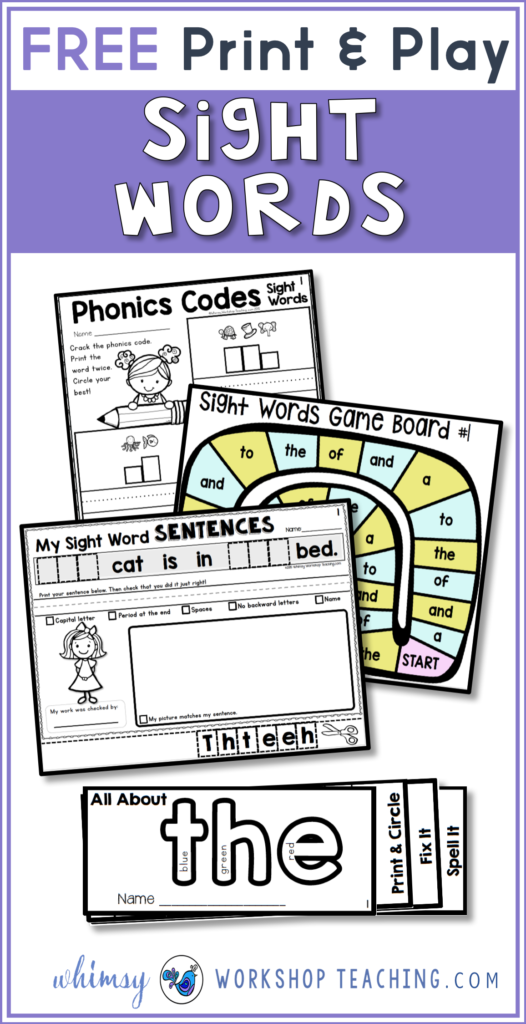
The older the players, the more difficult the leader thinks of a word. How would you, for example, depict the word inflation?
8. Snowball
Great memory training game. Counselors in children's camps often use it to enable the guys to get to know each other and remember the names of everyone in the squad.
Rule : In clockwise order, everyone begins to give their names. When all the names have been sounded, on the second round, each participant calls his name and the name of the neighbor on the right, for example: Natasha, Slava. The next player says his name and the previous two, and so the snowball of names grows until someone makes a mistake. If the company of players is small (for example, a family is traveling in a car), you can add funny unusual nicknames to patronymic names that everyone comes up with.
9. Diagonal
Game with pen and notepad. It is possible - for a while.
It is possible - for a while.
Rules: draw a square of 7x7 cells on a notebook sheet or in a notebook. Diagonally write a 7-letter word, for example - CARABAS. Passing the notebook to each other, each participant must enter the word horizontally in such a way that the already existing letter becomes part of it.
10. Bag of associations
This game is good to play with family or close friends or relatives.
Rules: each player writes on a piece of paper a word with which he has some memory, association or story associated. The papers are folded and placed in a bag. Then each player pulls out their piece of paper, quickly remembers and tells their story associated with this word. It is very unexpected and interesting when there can be completely different responses to the same word. And how nice it is to remember something long forgotten or to hear a story rolled out by a child that you did not even suspect!
11.
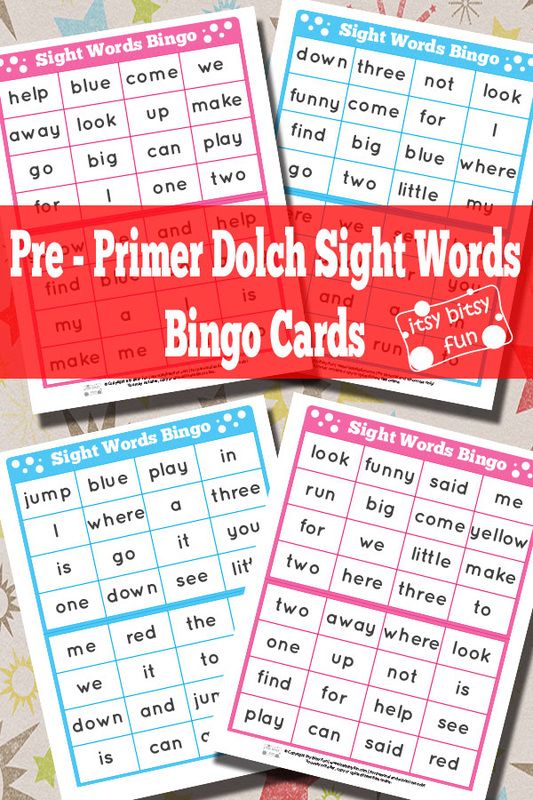 Nonsense
Nonsense Children aged 5-10 adore this game precisely because real nonsense comes out in the process and you can laugh heartily.
Rules: Each participant whispers any made-up word in the neighbor's ear. The host (preferably an adult) asks everyone a question, the answer to which will be the very word spoken in the ear. For example: - What did you eat for lunch today? — Cat. - Where do you live? - In car.
The next leader is the one whose answer turned out to be closest to reality - that is, NOT nonsense .
12. Edible-non-edible
An attention and reaction game for toddlers and younger teens.
Rule : do the guys stand or converge in a circle, the leader holds a small ball in his hands and throws it selectively by the players? Saying the word at the same time. The “edible” player must catch, the “inedible” should be discarded.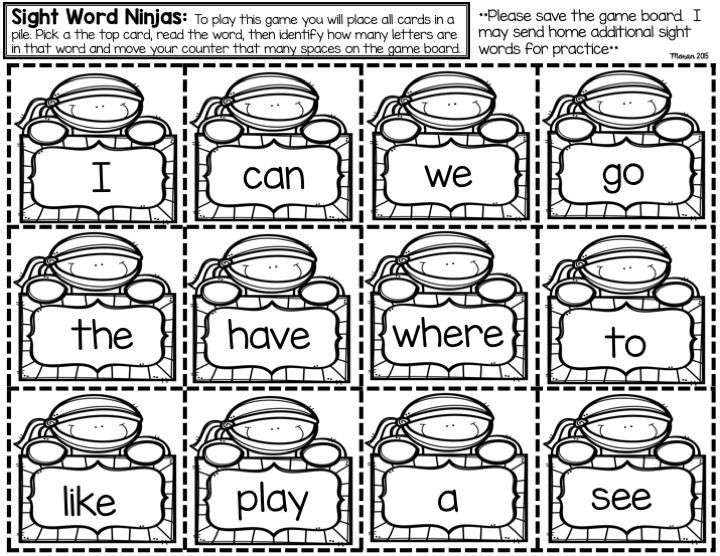 There are many variations of this game. For example, about animals: "Flies, crawls or swims." We agreed that we catch everyone who flies, which means that there is no need to “catch” the rest. You can play different objects in the same way, classifying them according to some attribute.
There are many variations of this game. For example, about animals: "Flies, crawls or swims." We agreed that we catch everyone who flies, which means that there is no need to “catch” the rest. You can play different objects in the same way, classifying them according to some attribute.
13. Contact
A very gambling game in which, if you play with children, it is very easy to forget yourself and start pulling the blanket over yourself, preventing the children from understanding what's what.
Rules: the host thinks of a word and tells the rest of the players only the first letter. For example, this word is "zebra". Each of the players comes up with his own word with the letter Z called by the leader and tries to explain it to others using gestures and pantomime (without words!), what exactly he was thinking, without naming it. If one of the players understood what the word was intended by the one who explains, he says "There is a contact!" and both (the one who explained and the one who responded) start counting down aloud from 10, and then each say their own word at the same time. Matched - the host calls the players the second letter in his word and the game continues, only now the players need to invent and explain the word with the initial letters Z and E already set. In case the word does not match, the players continue the game.
Matched - the host calls the players the second letter in his word and the game continues, only now the players need to invent and explain the word with the initial letters Z and E already set. In case the word does not match, the players continue the game.
14. The pile is small
Useful game for developing imagination. It is very good for children who have difficulty with presentations and essays. But - alas - it is not suitable for those who have not yet learned to read.
Rules: All players take turns throwing words that come to their mind - any, not just nouns. The facilitator writes them down on a piece of paper in a chaotic manner, trying to fill the entire sheet, while leaving “air” between the words. Then each of the players takes turns picking up a piece of paper and connecting 5-6 words with a line that can become the basis of a sentence, invent and voice it. The next player chooses his 5 words and the game continues until the last player has no words left for a coherent sentence.